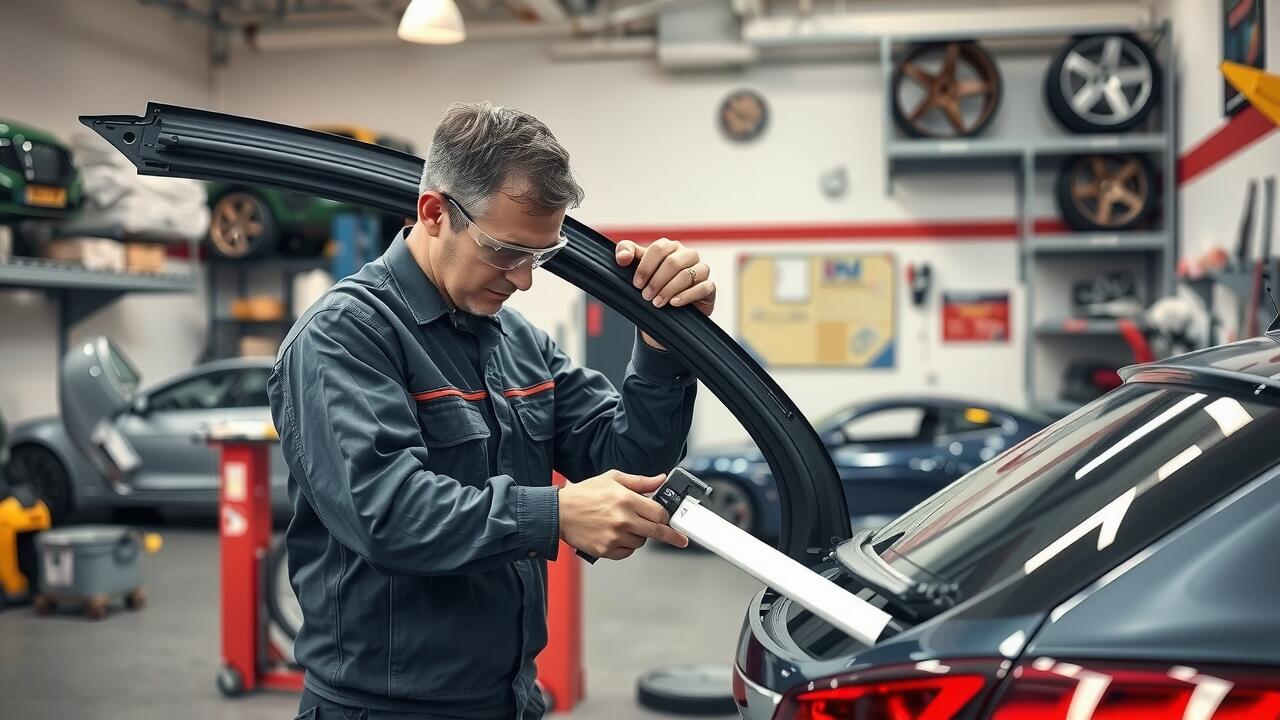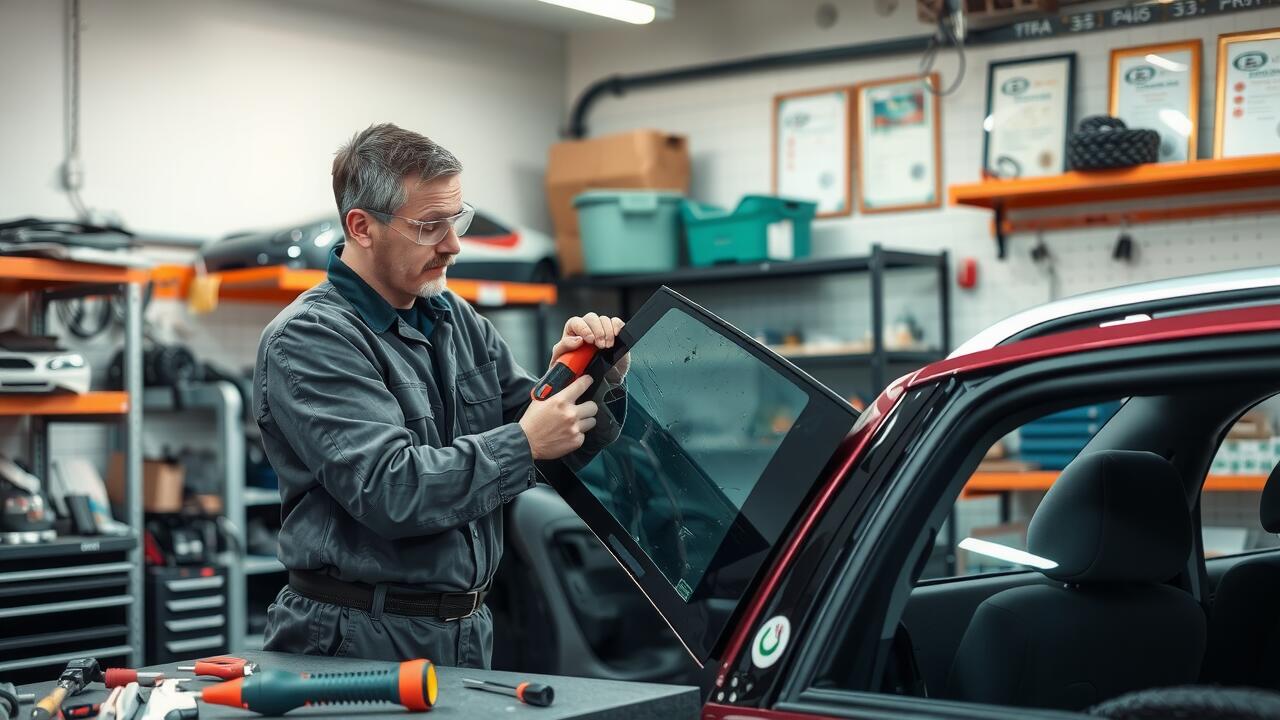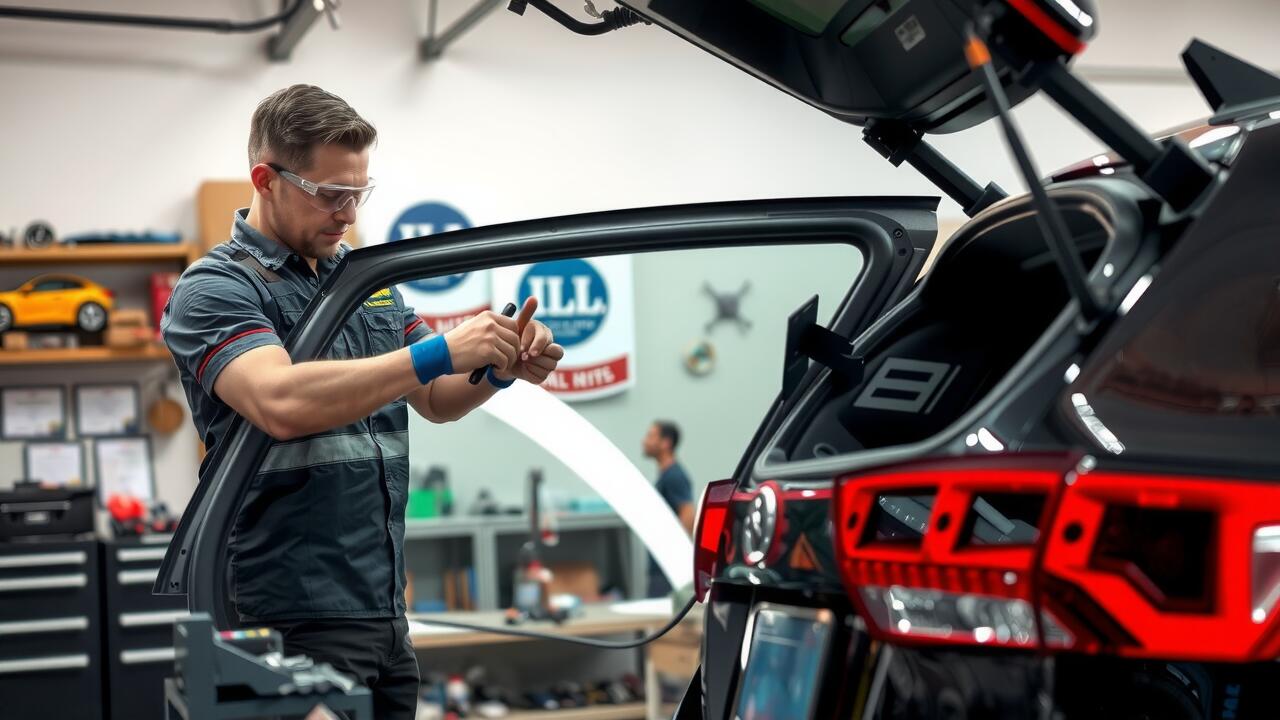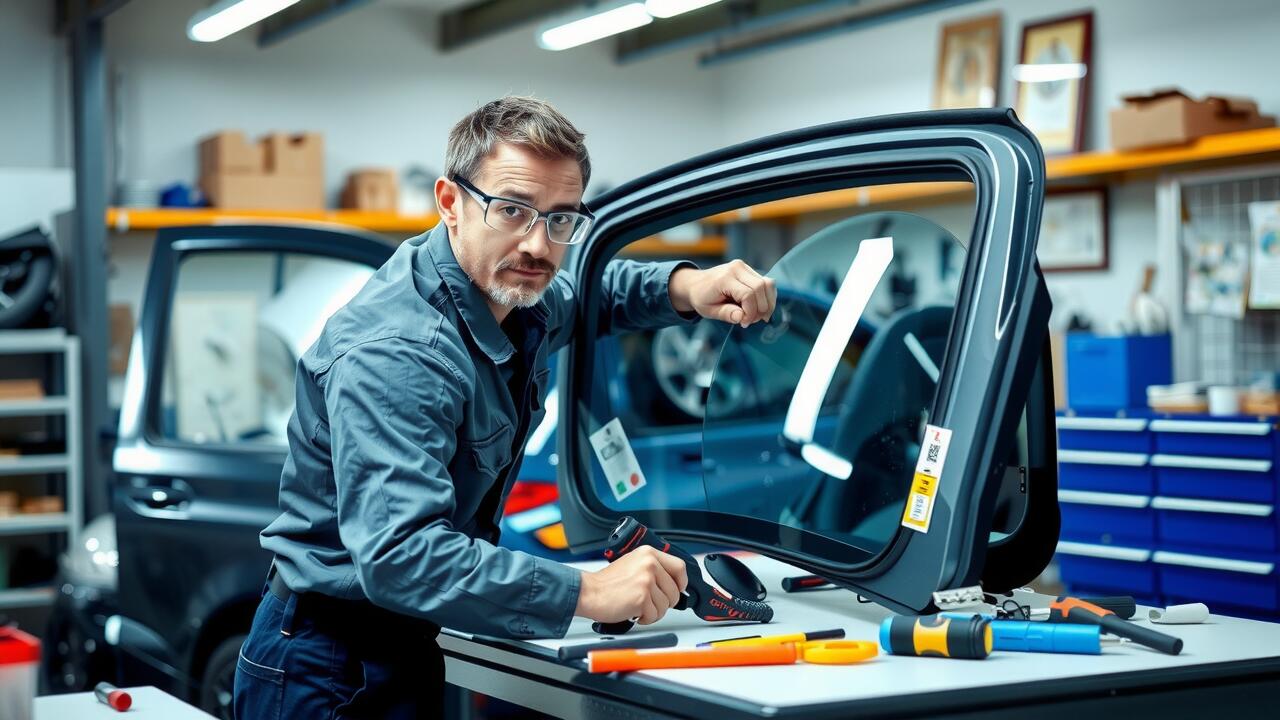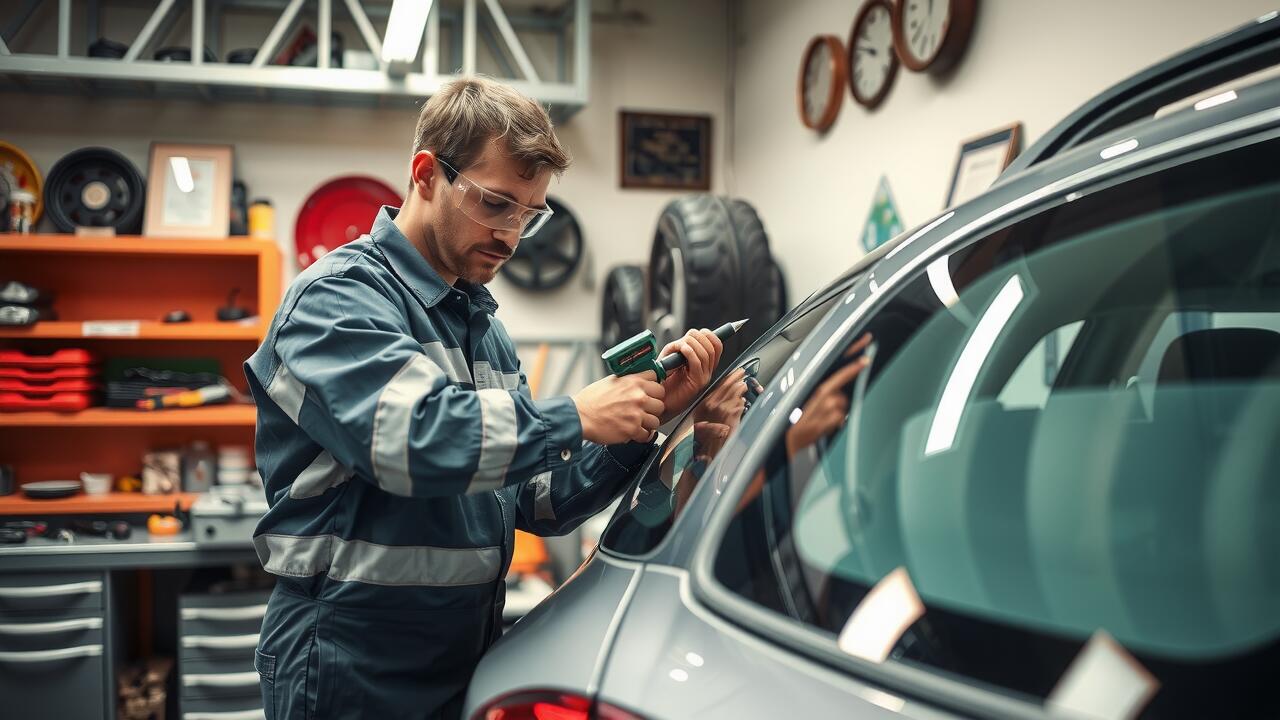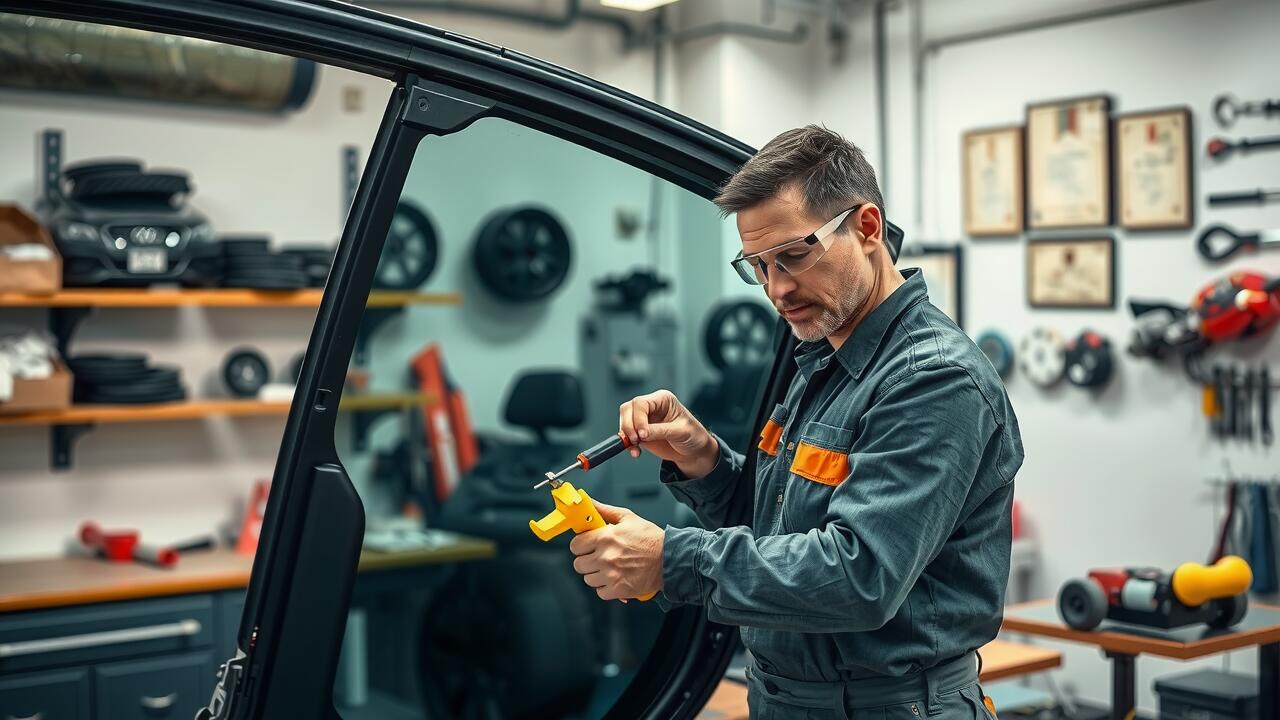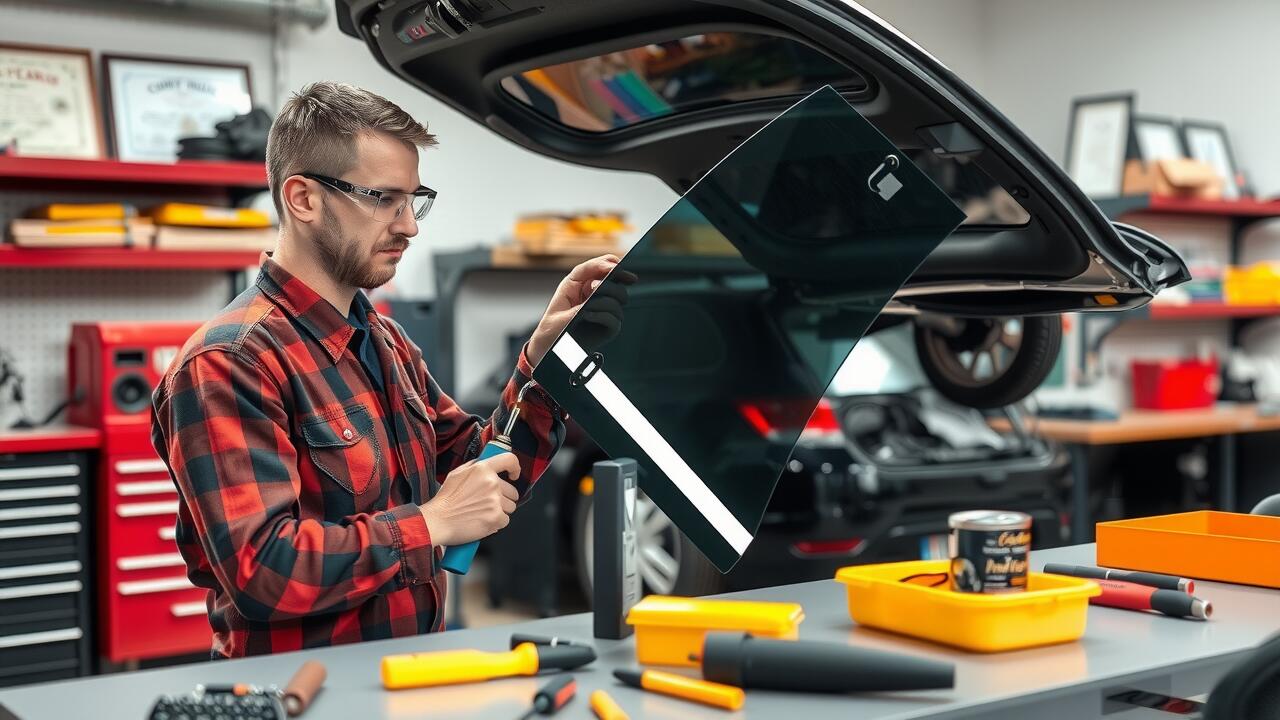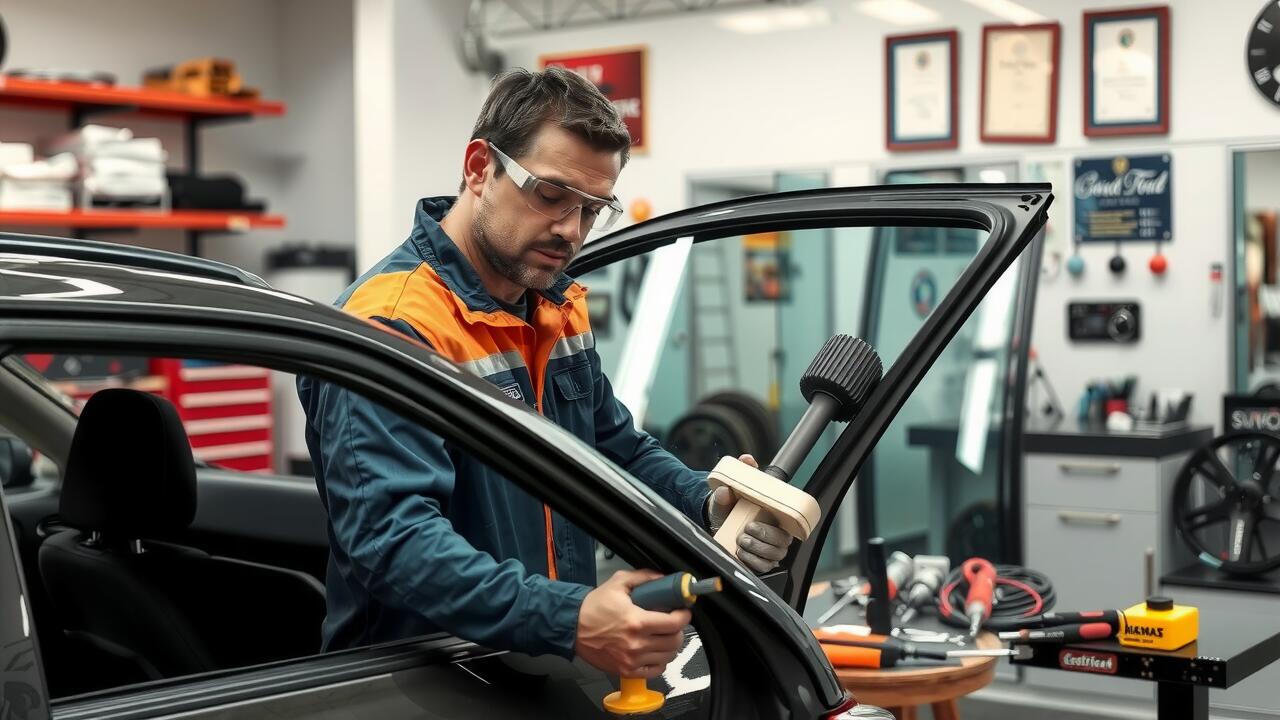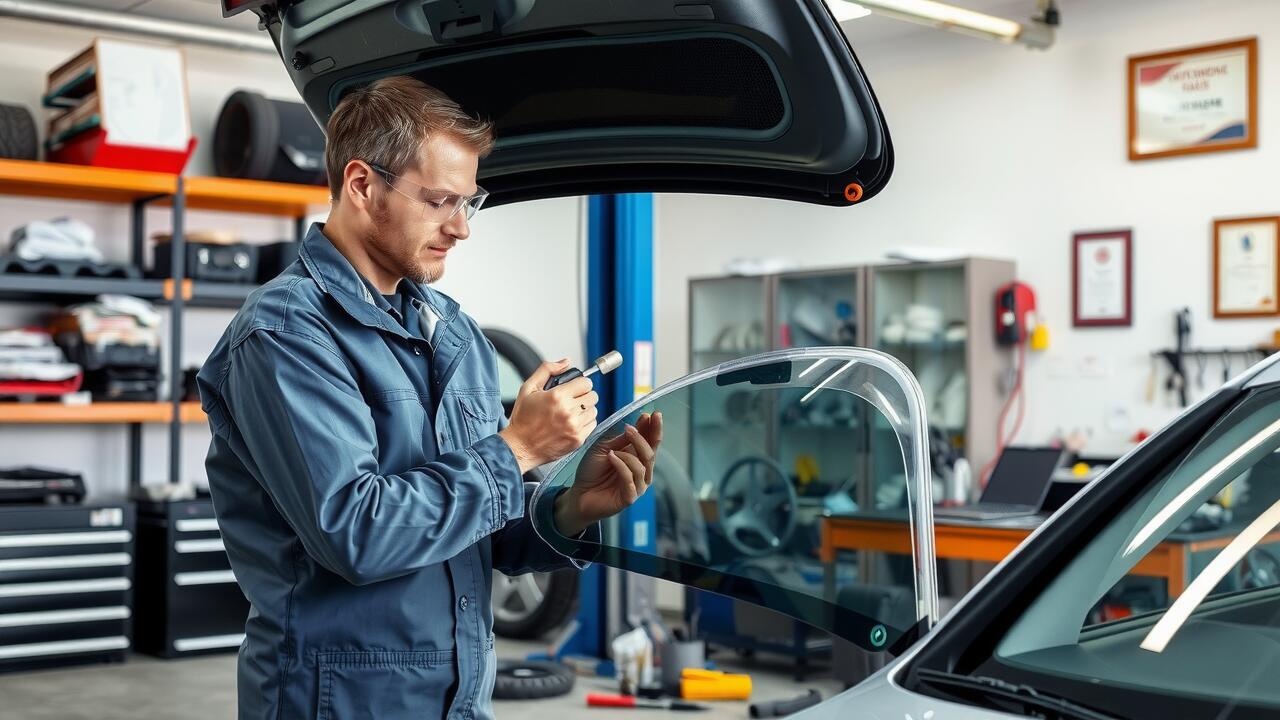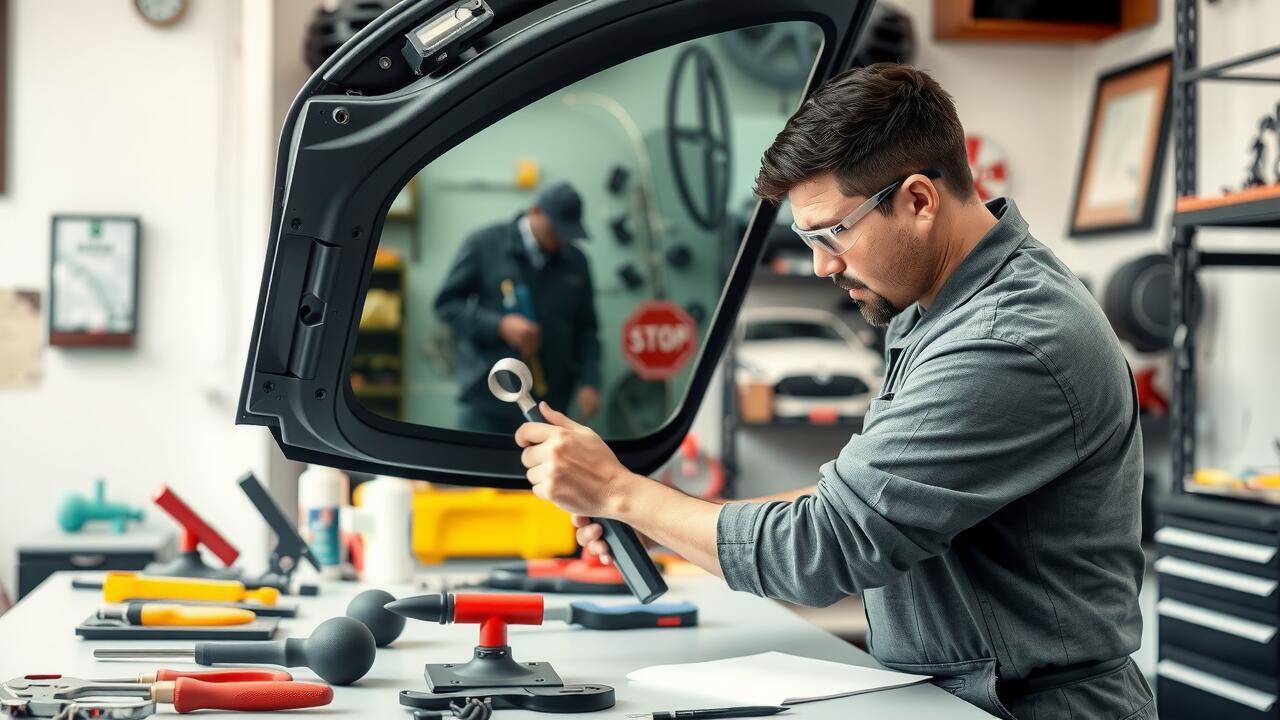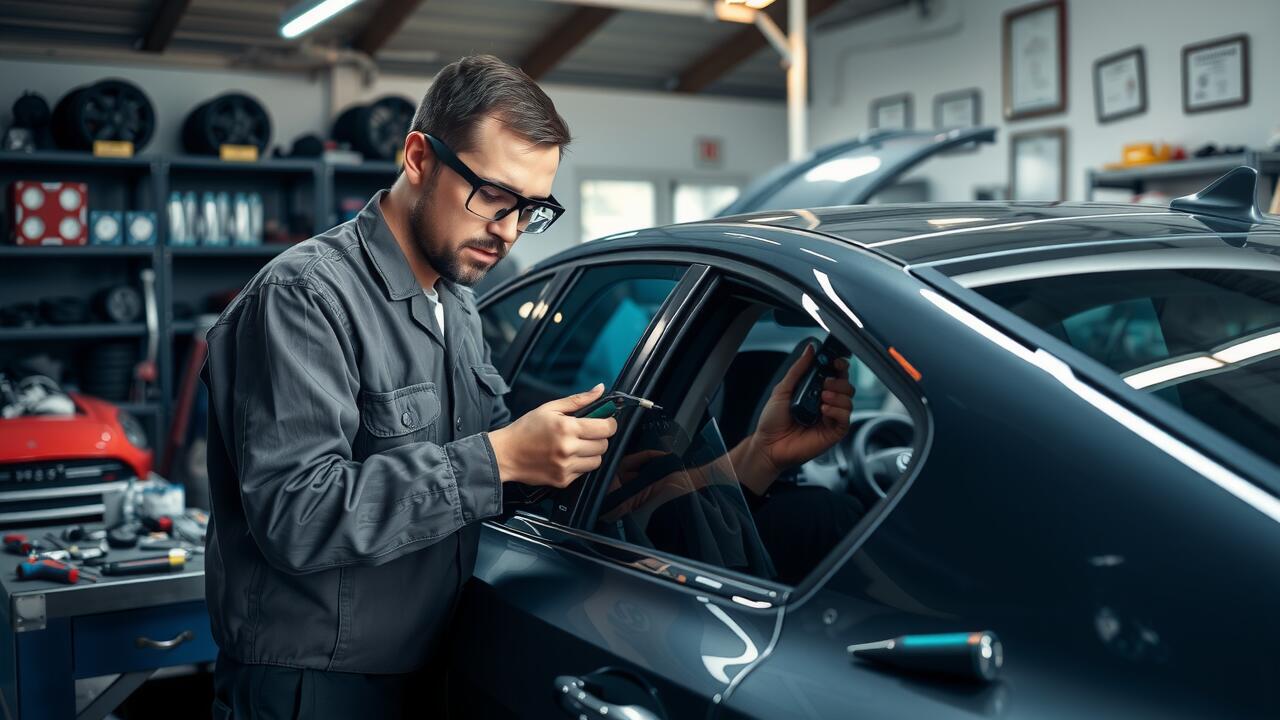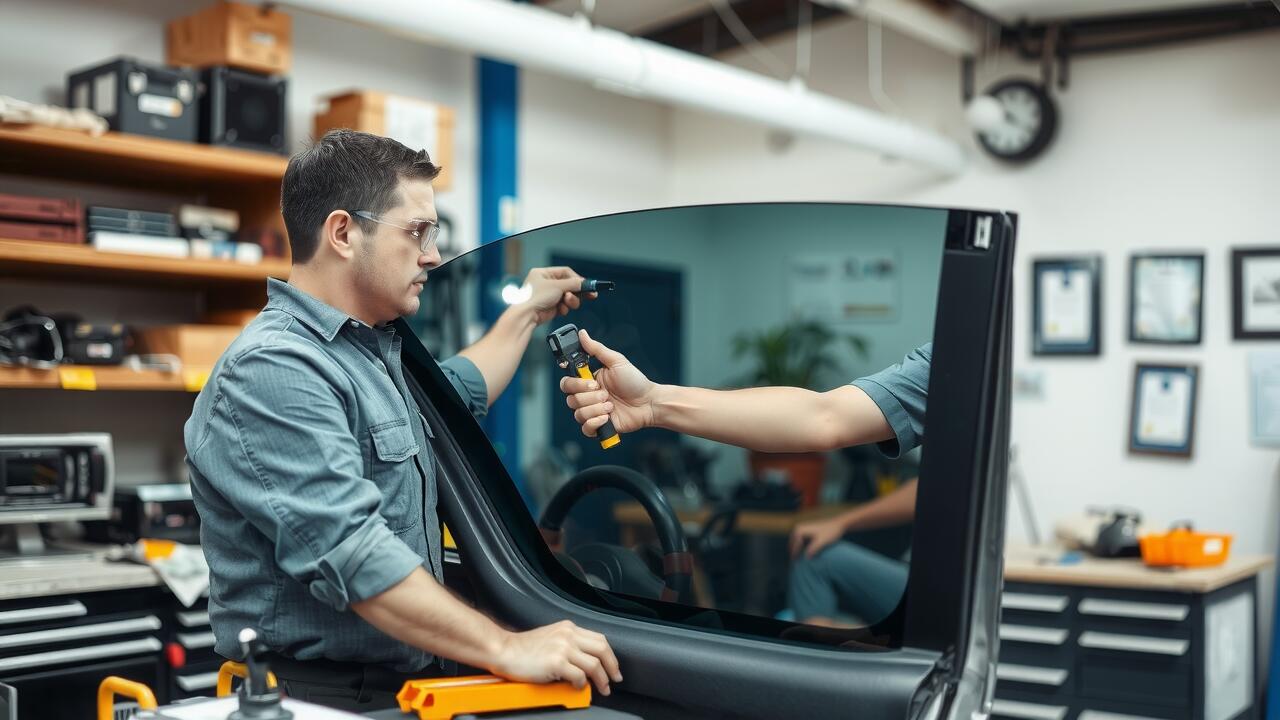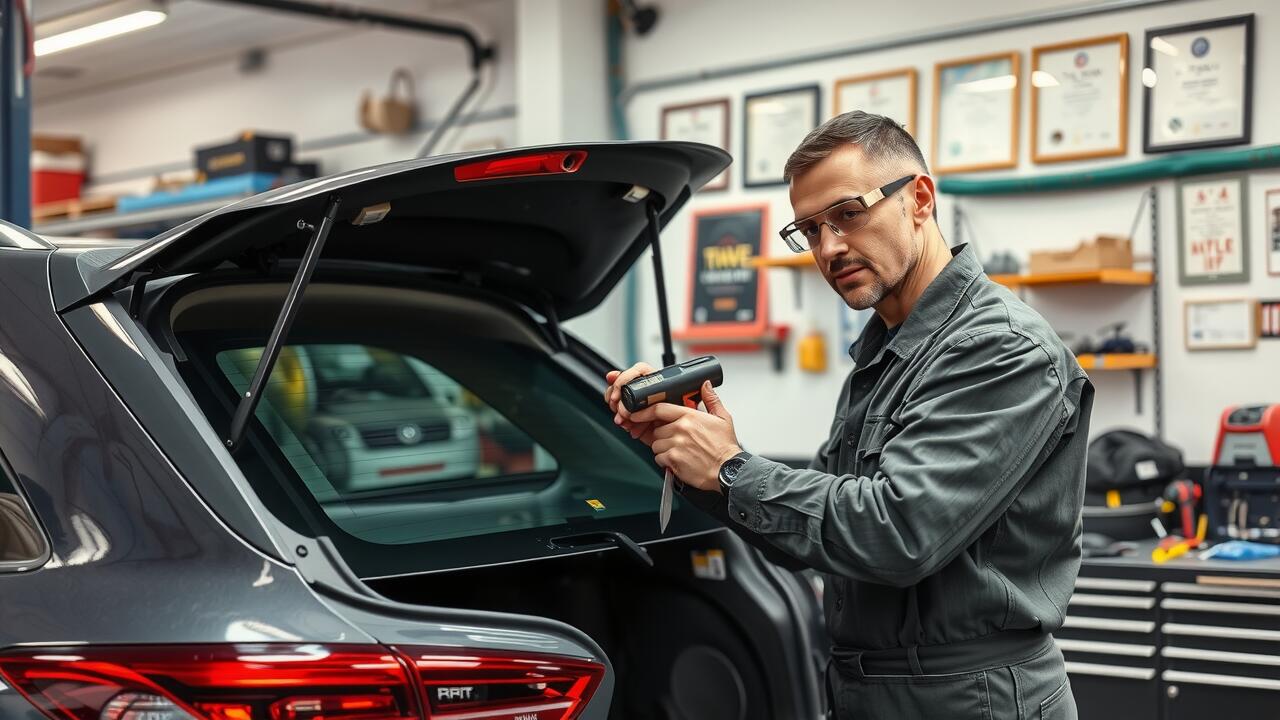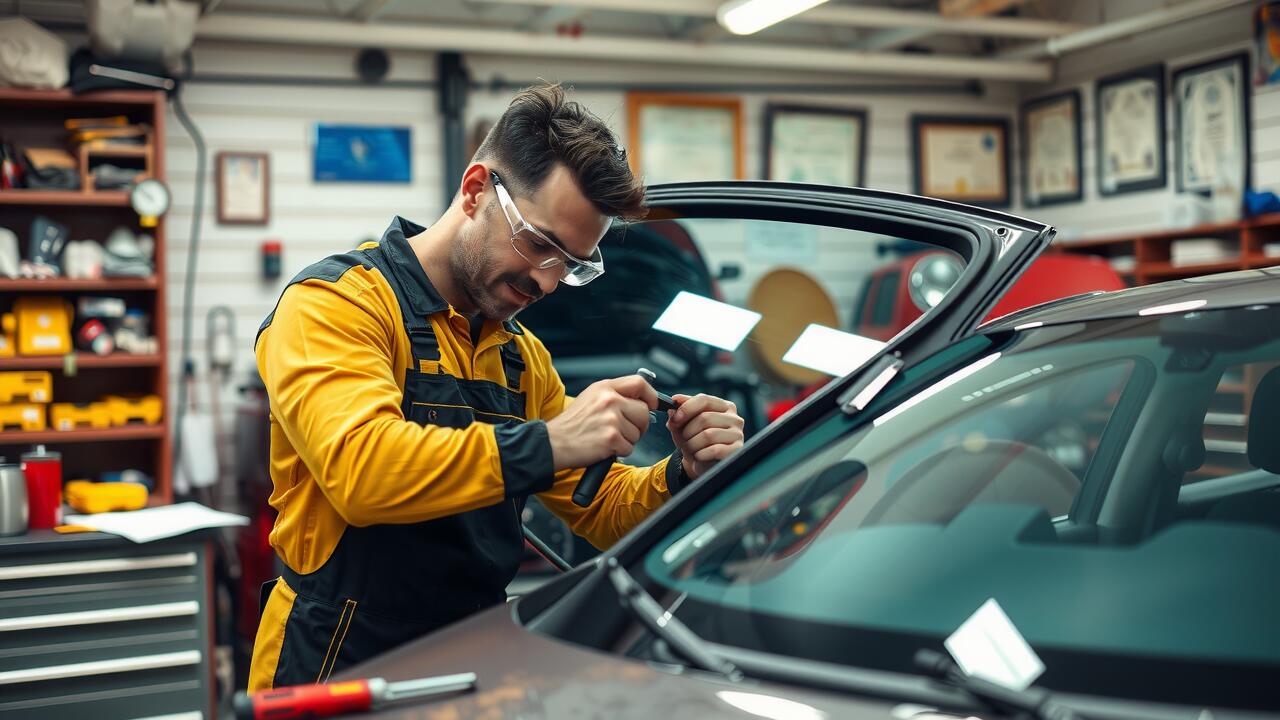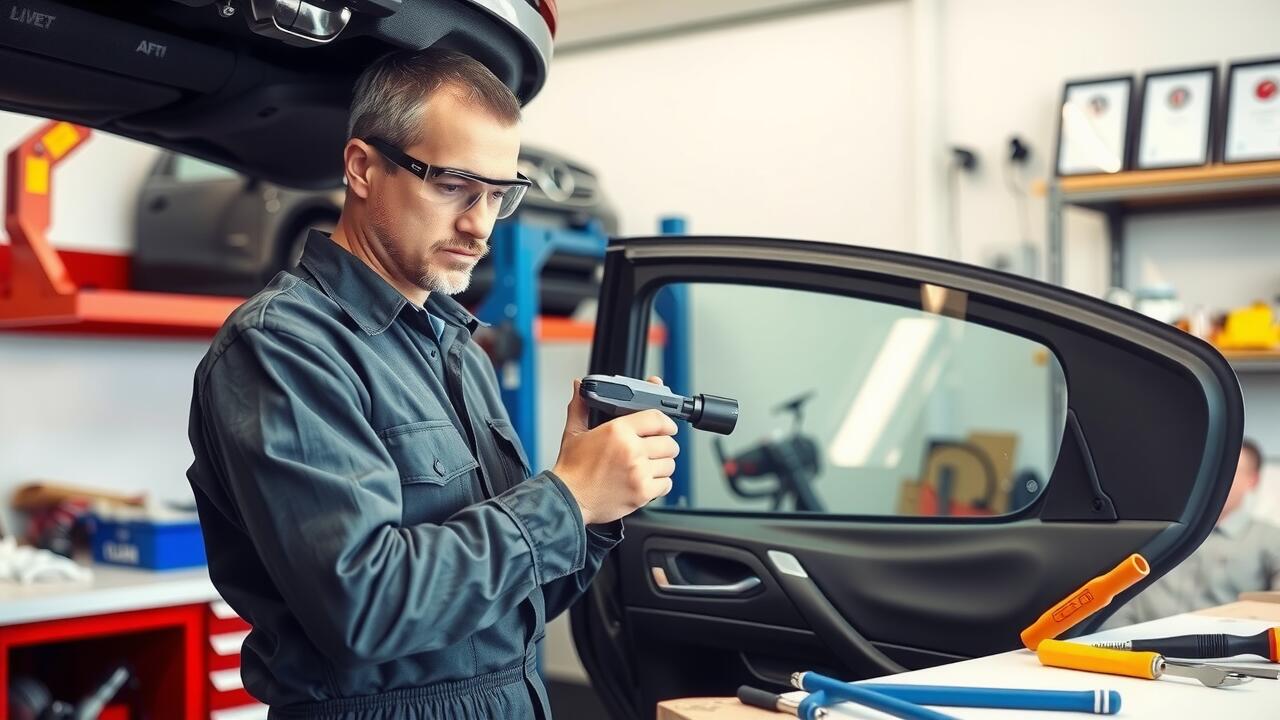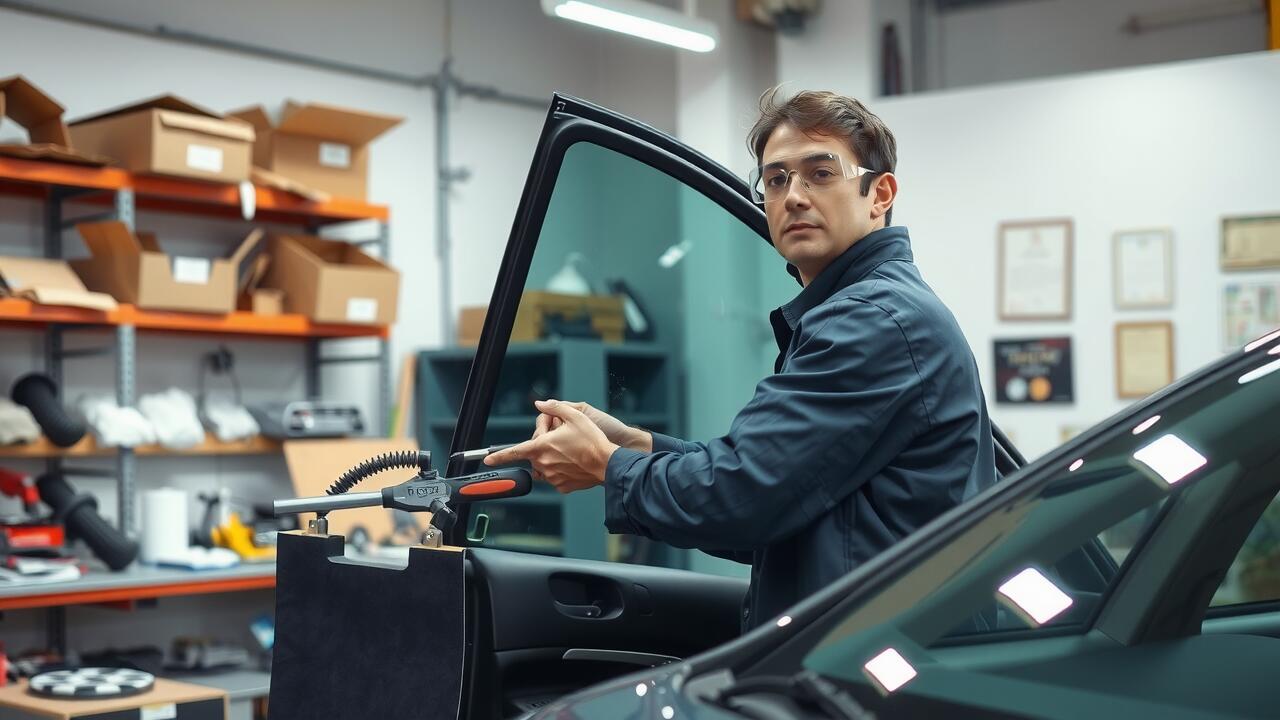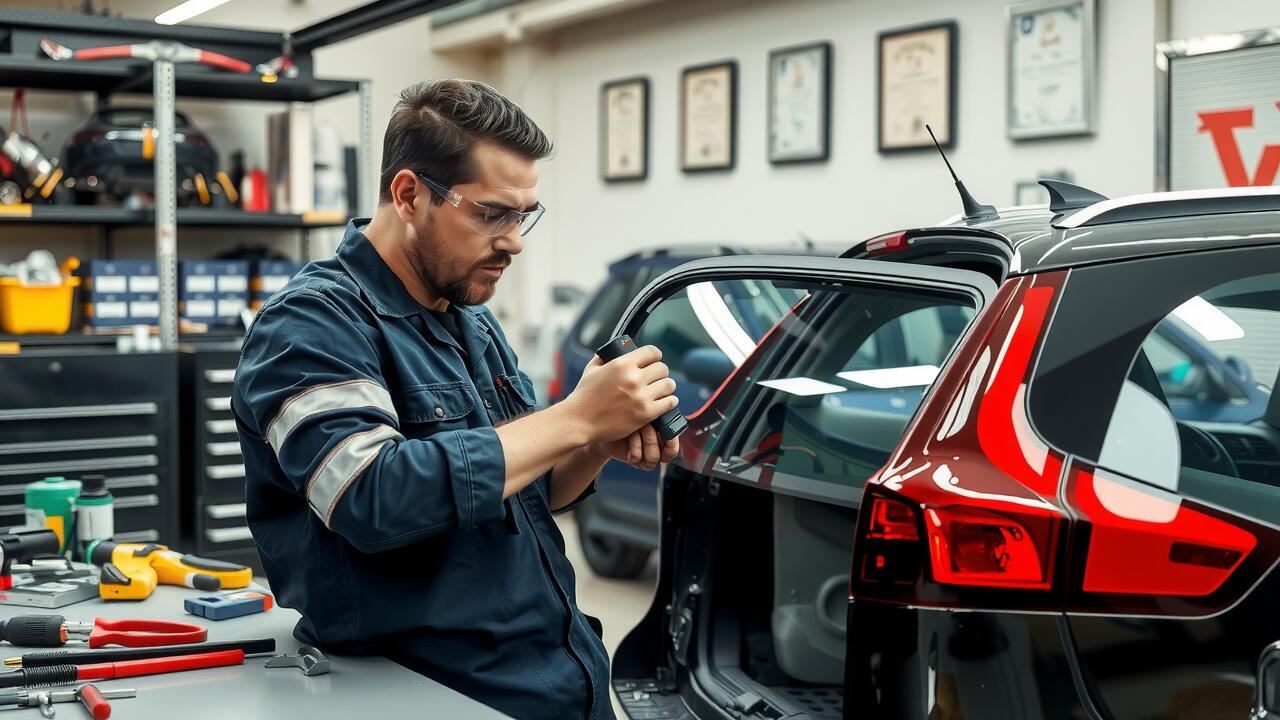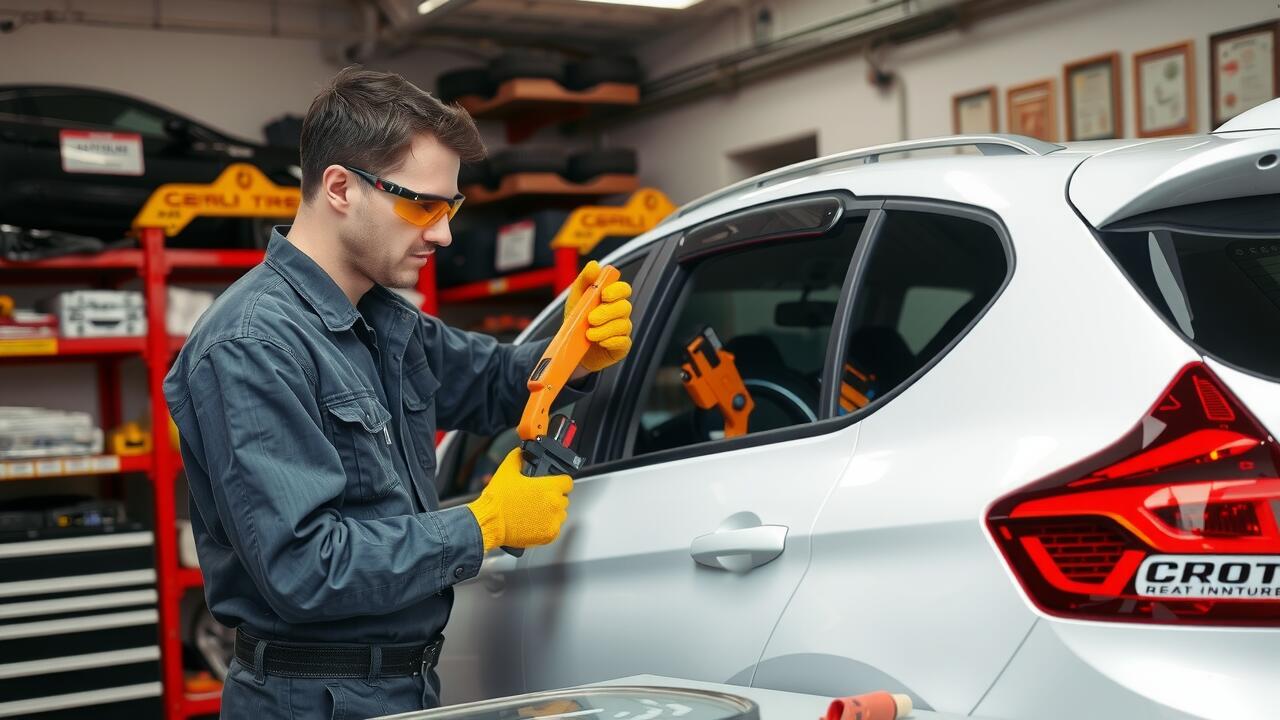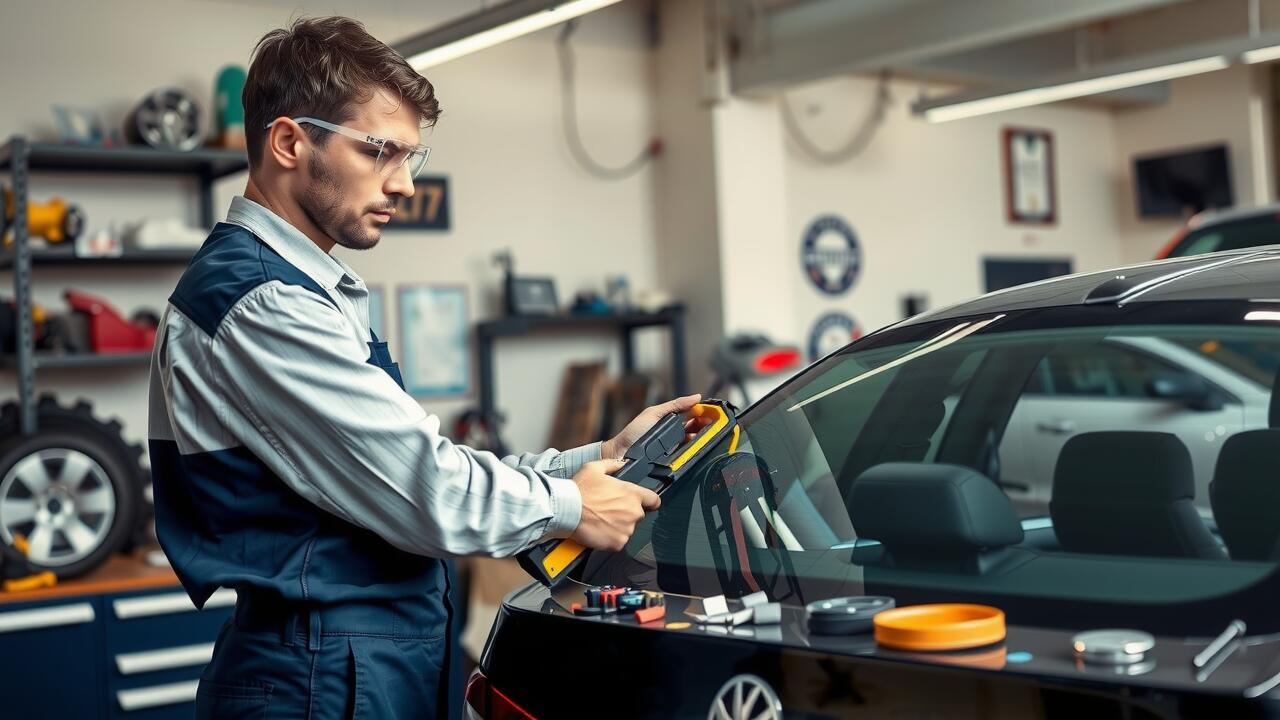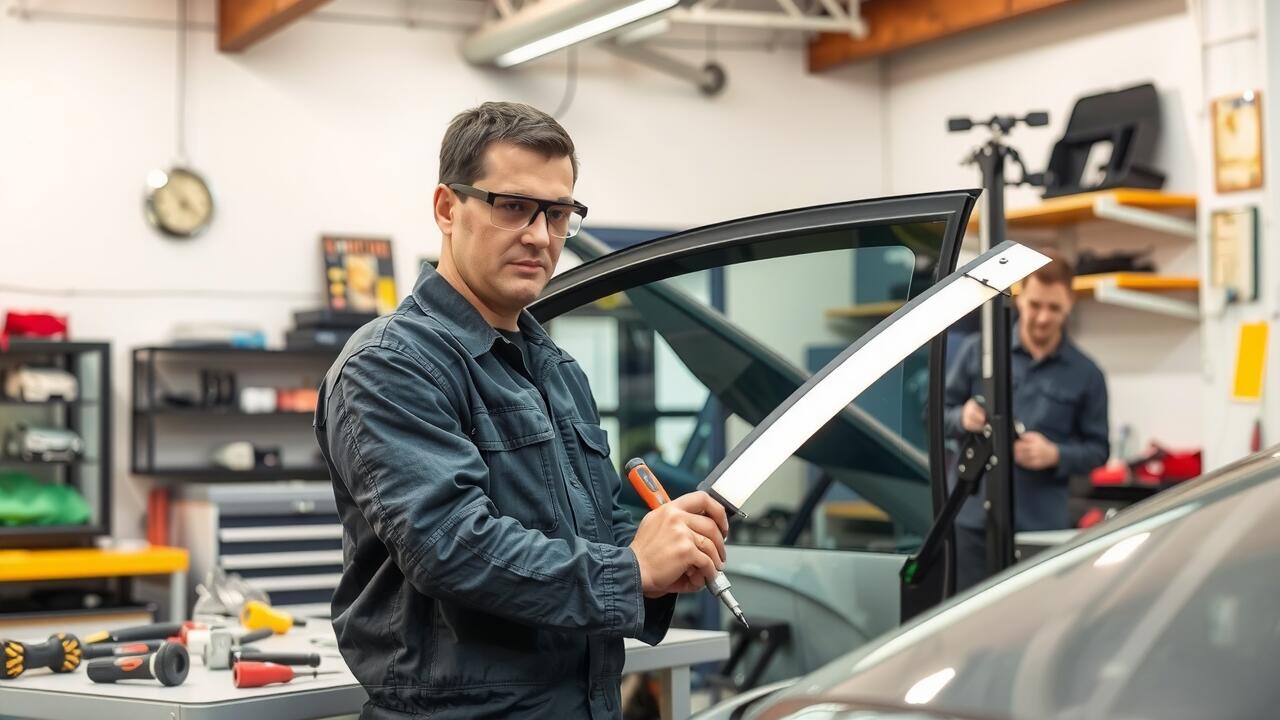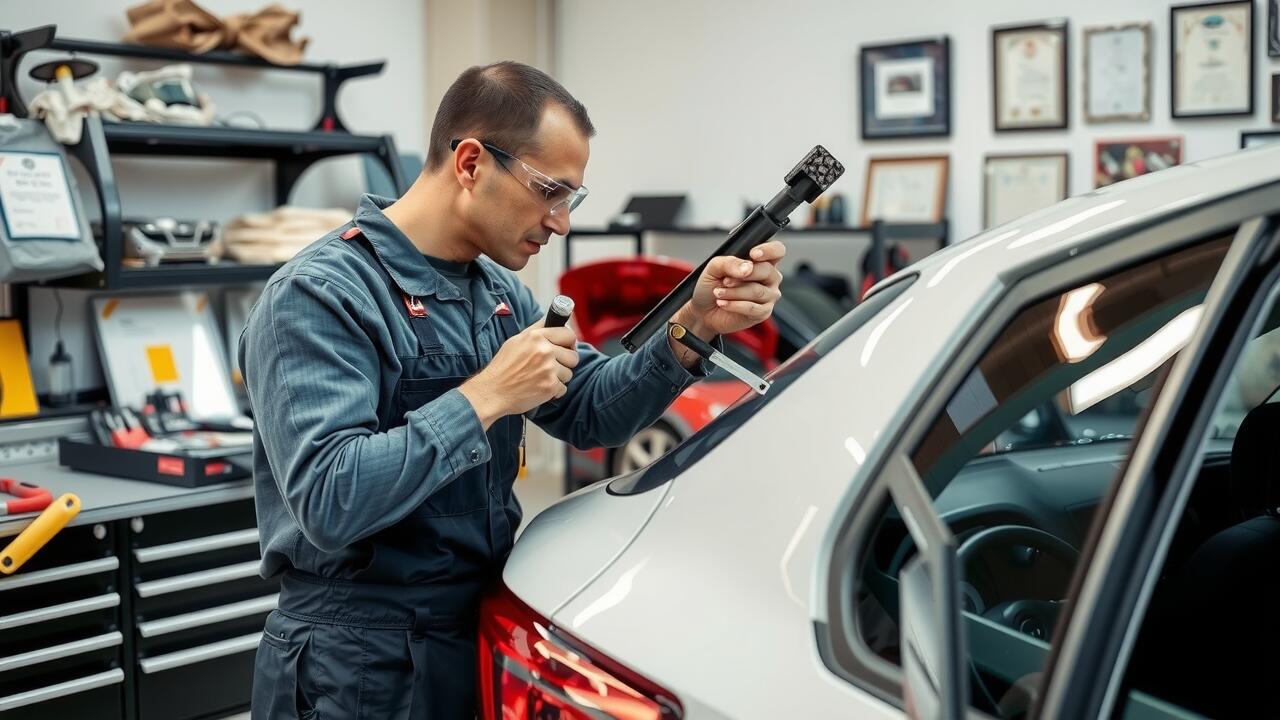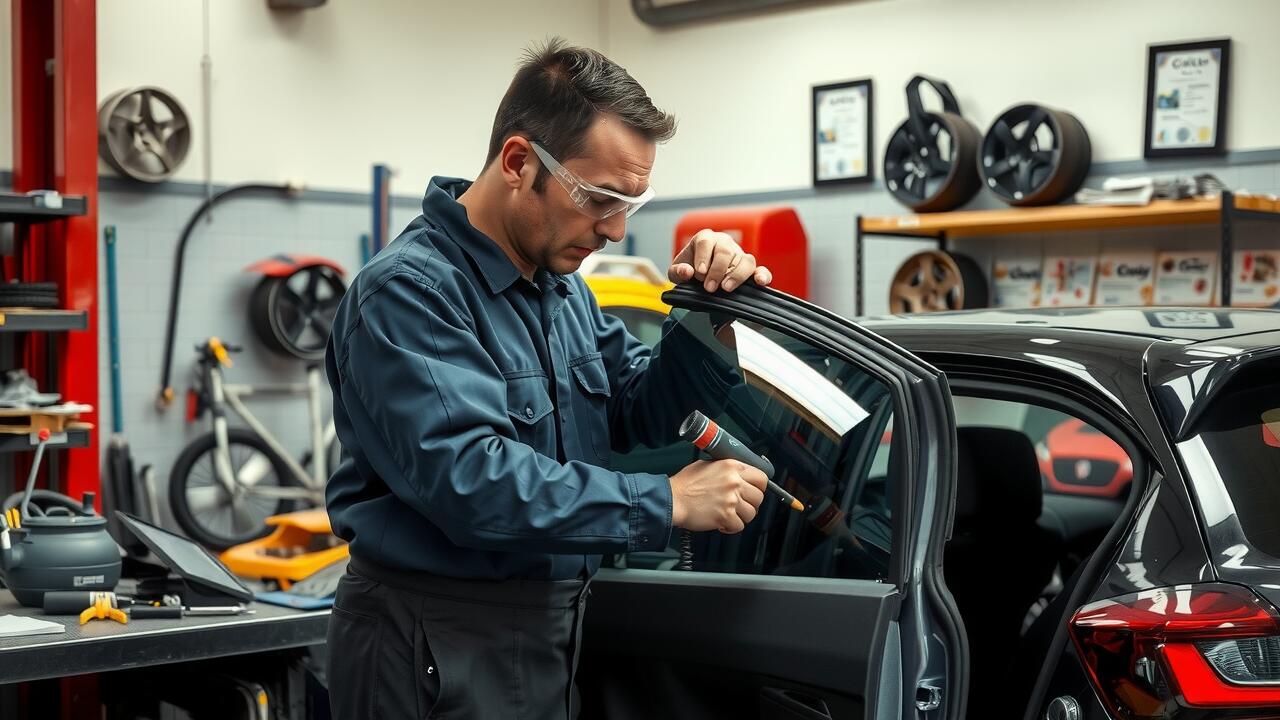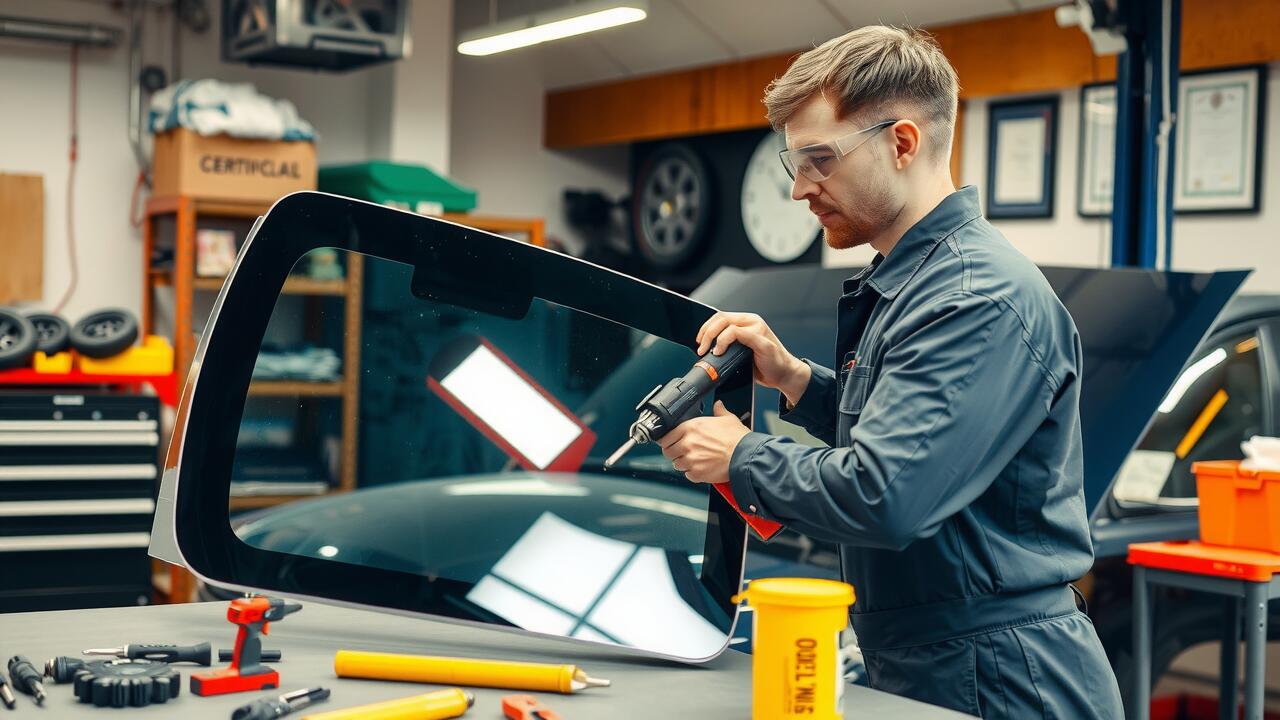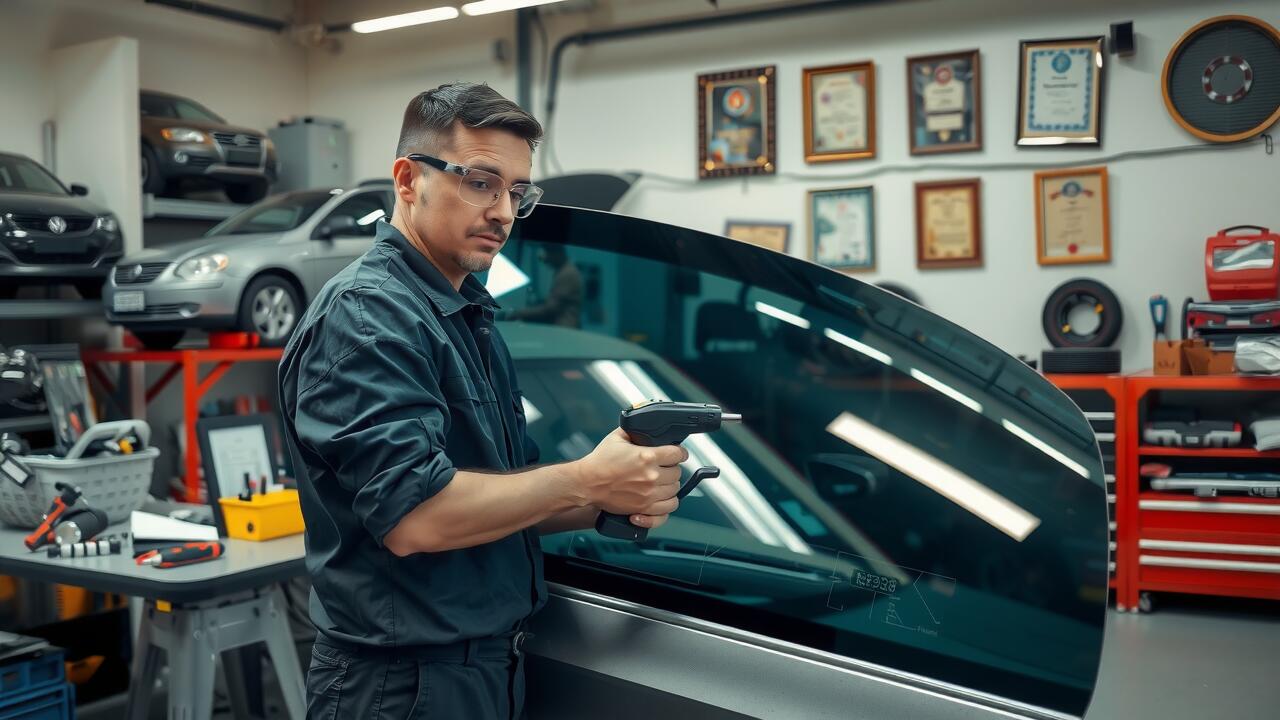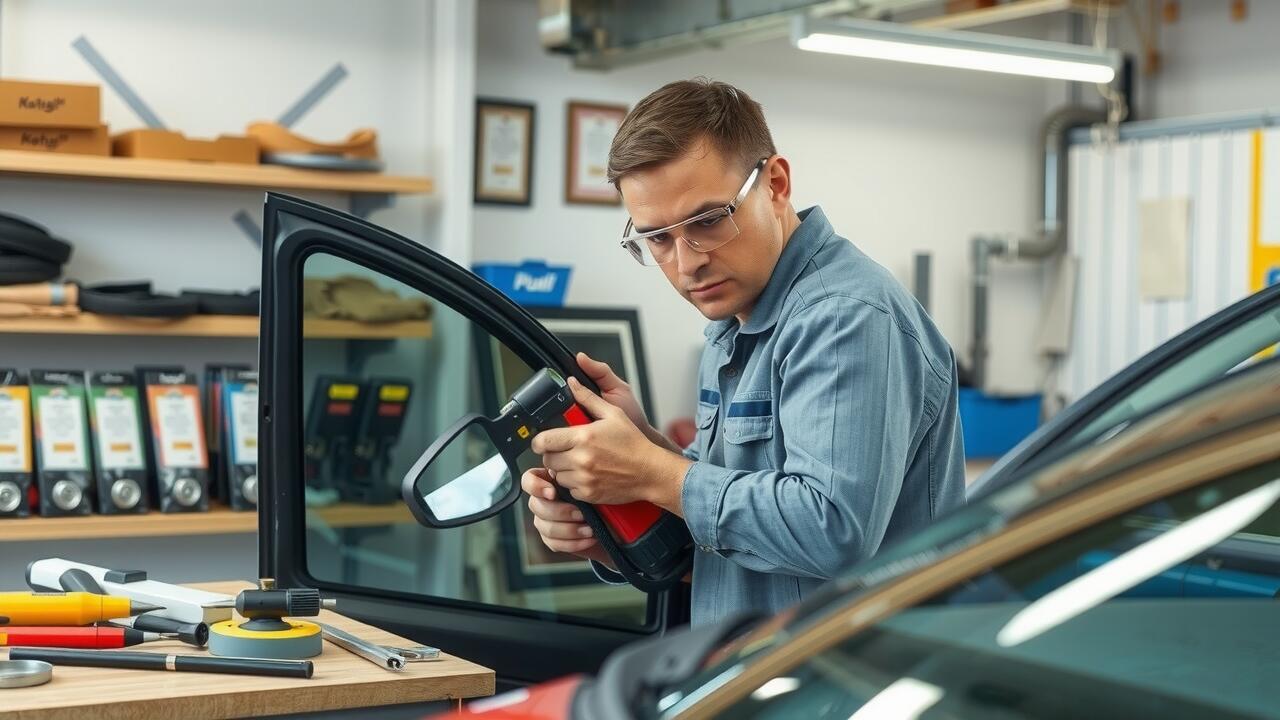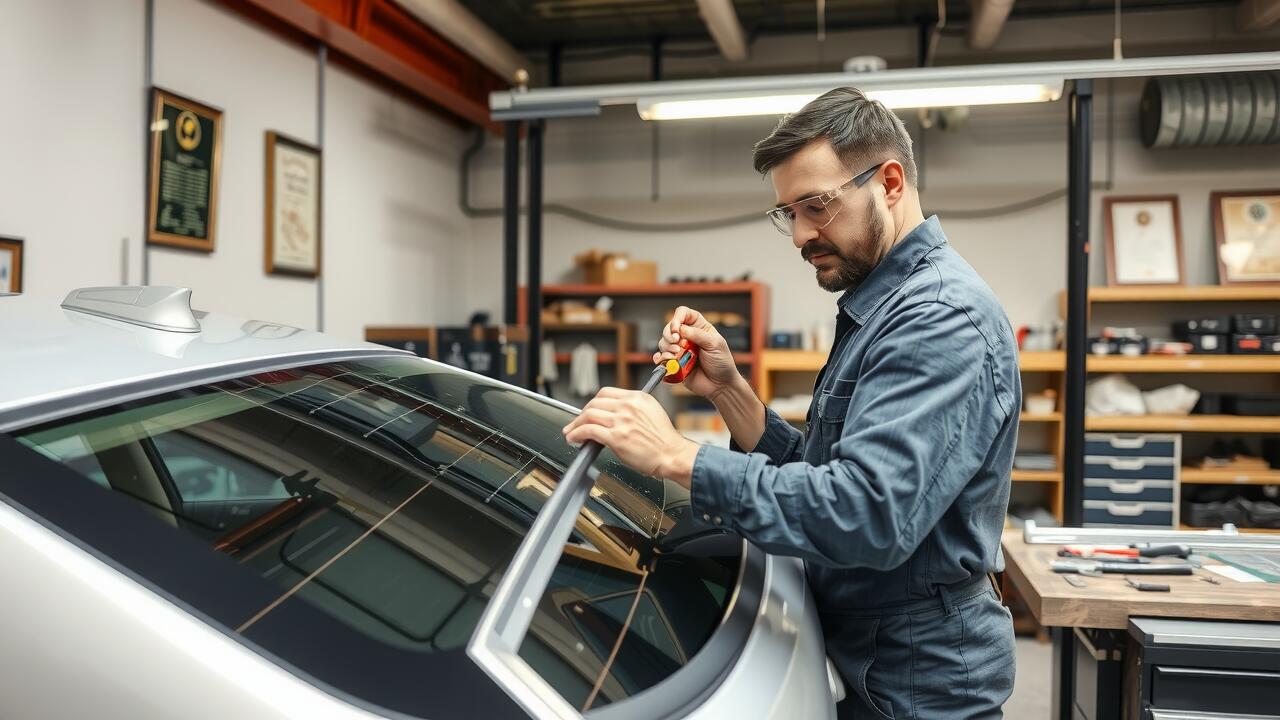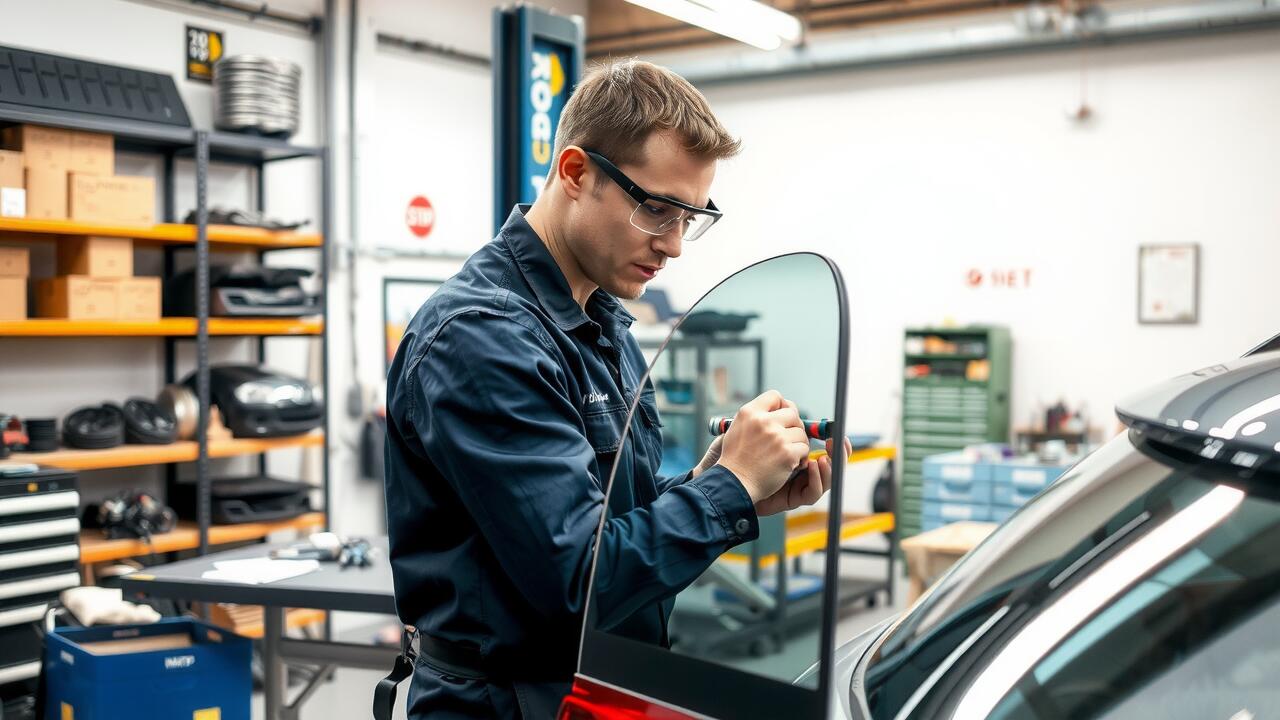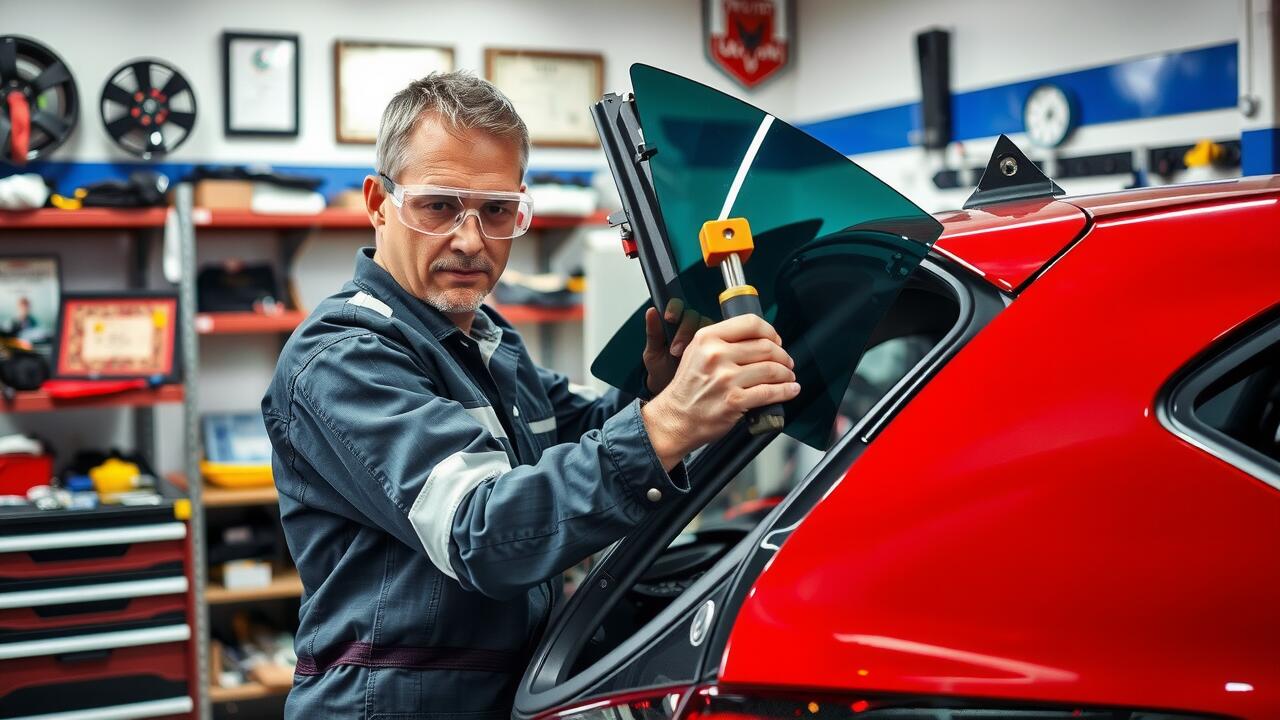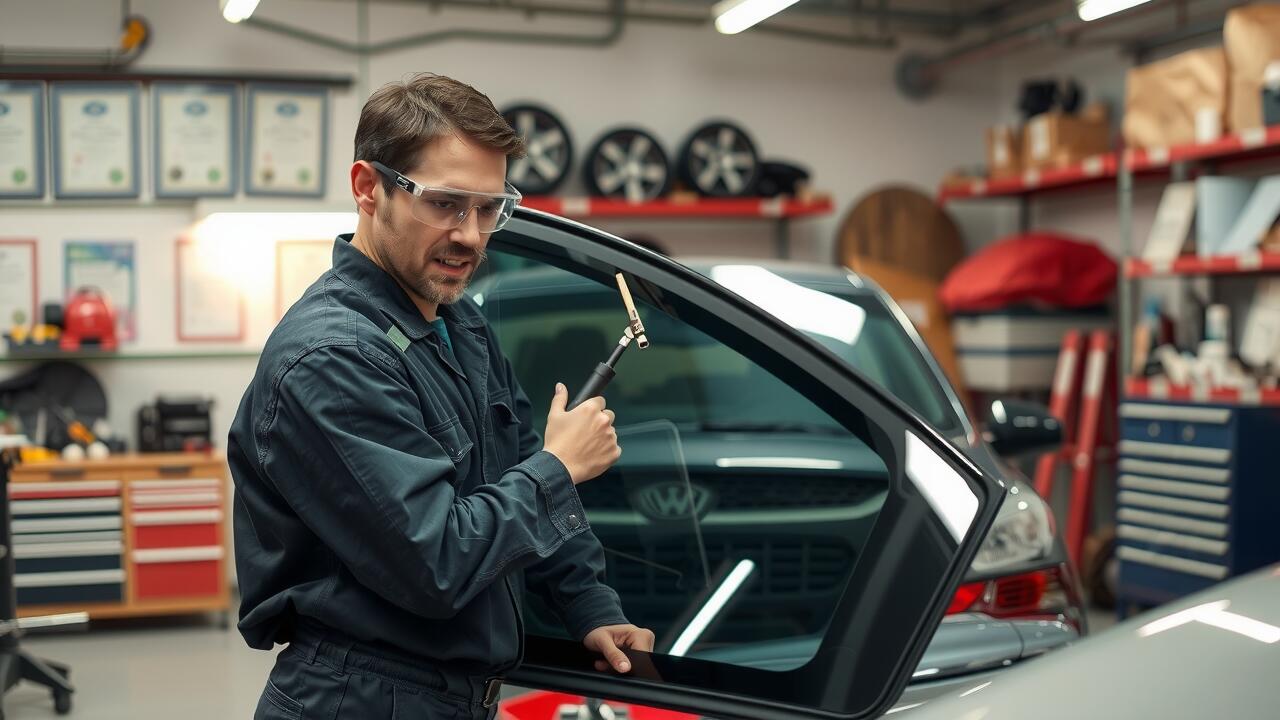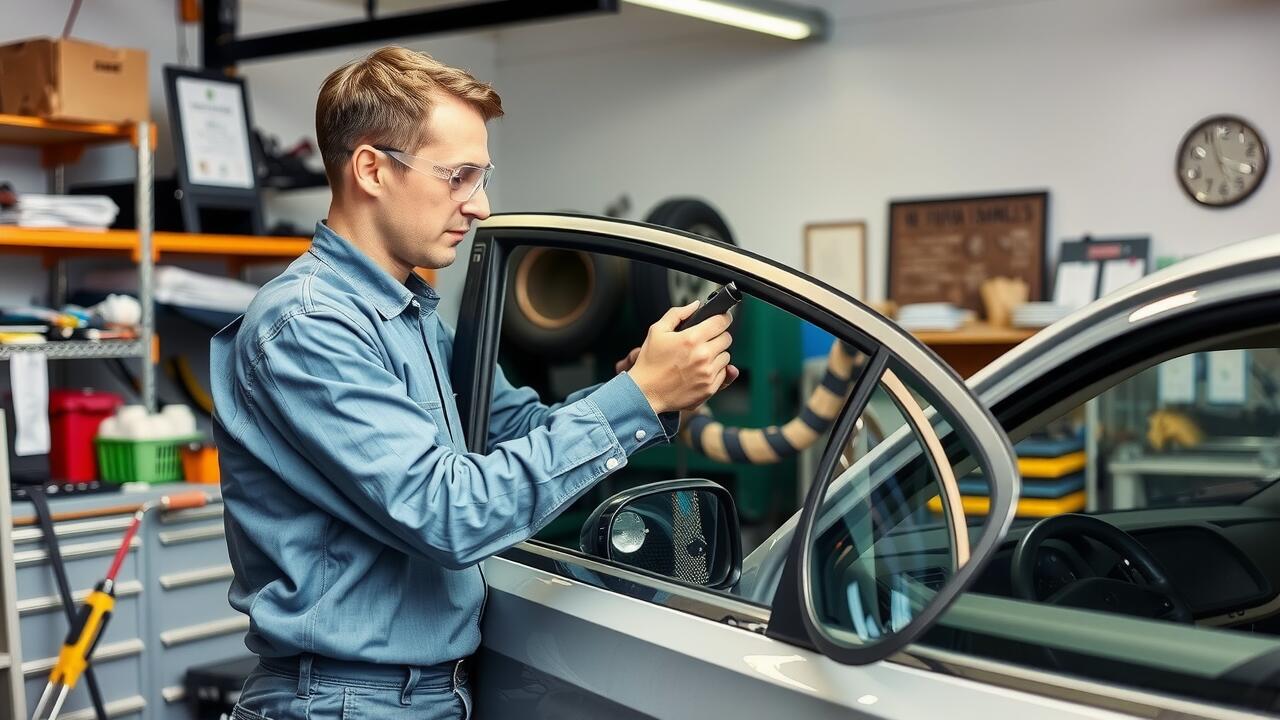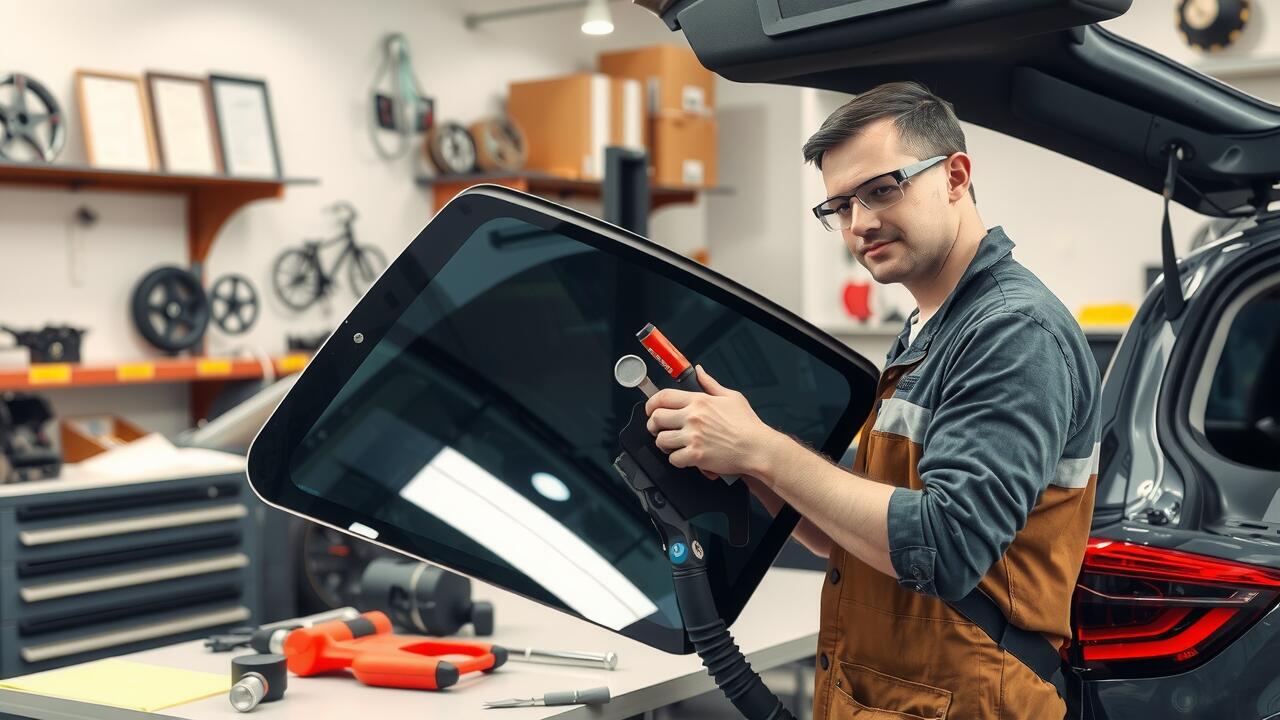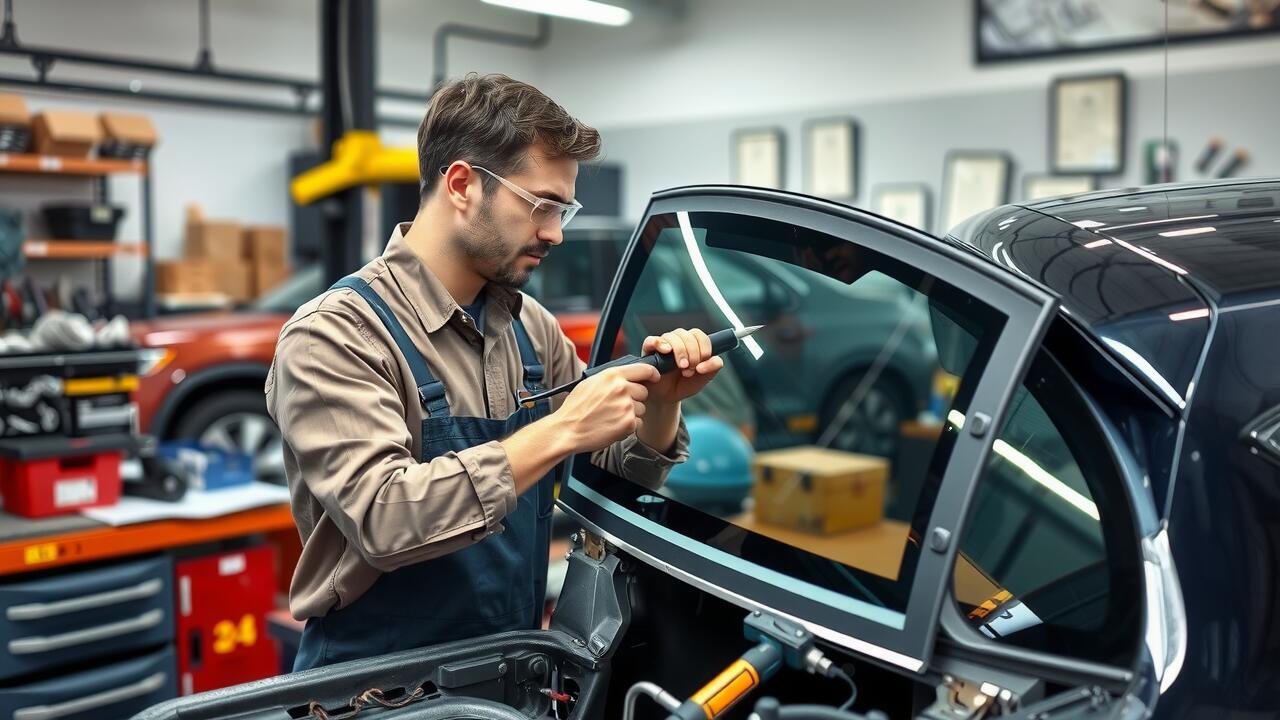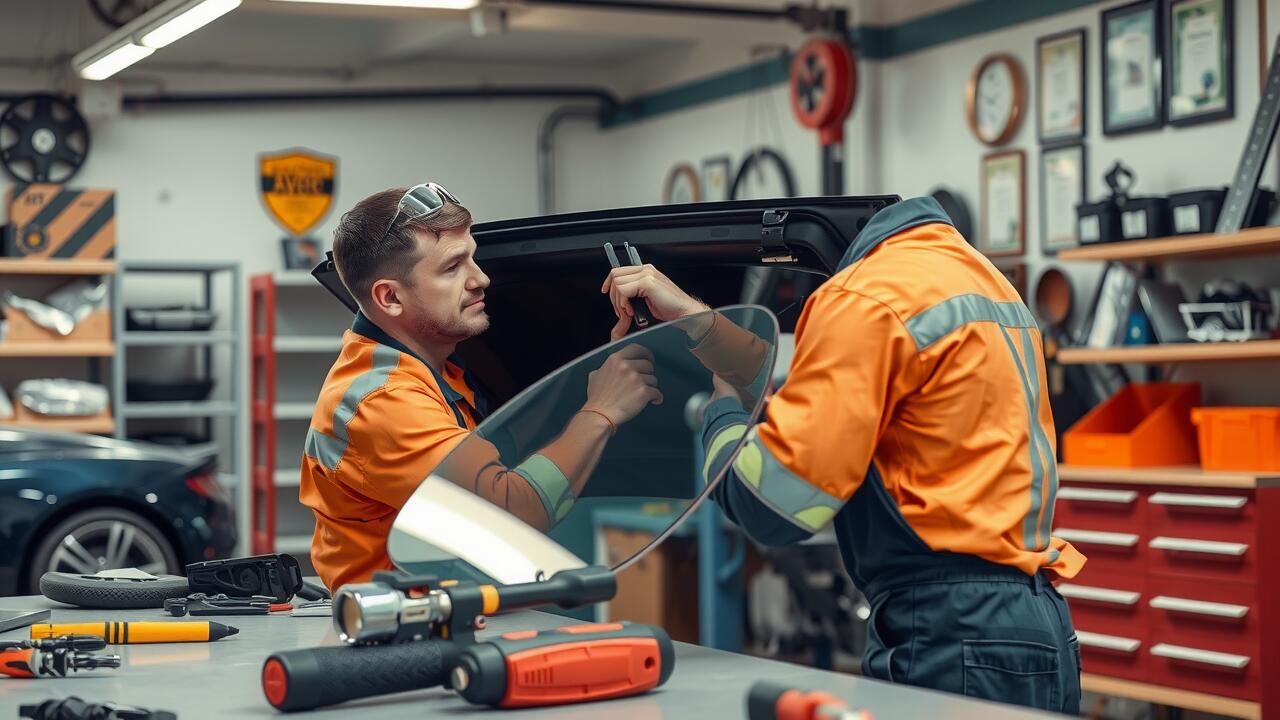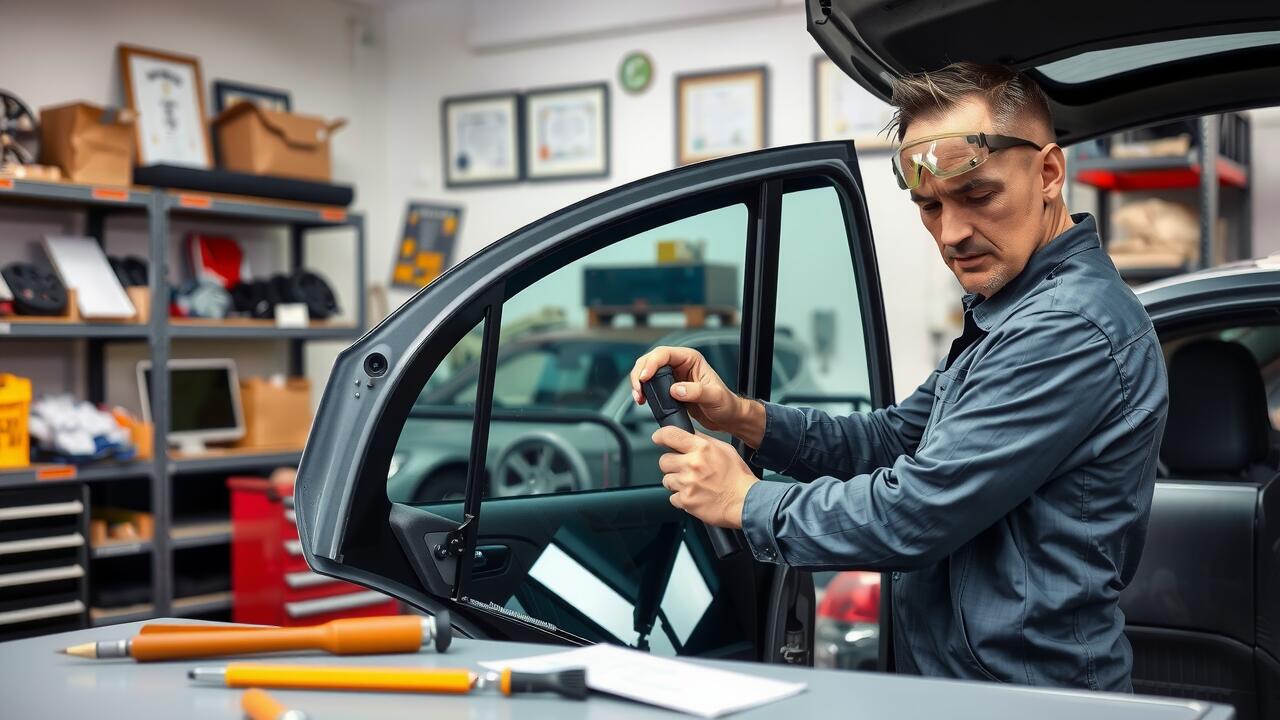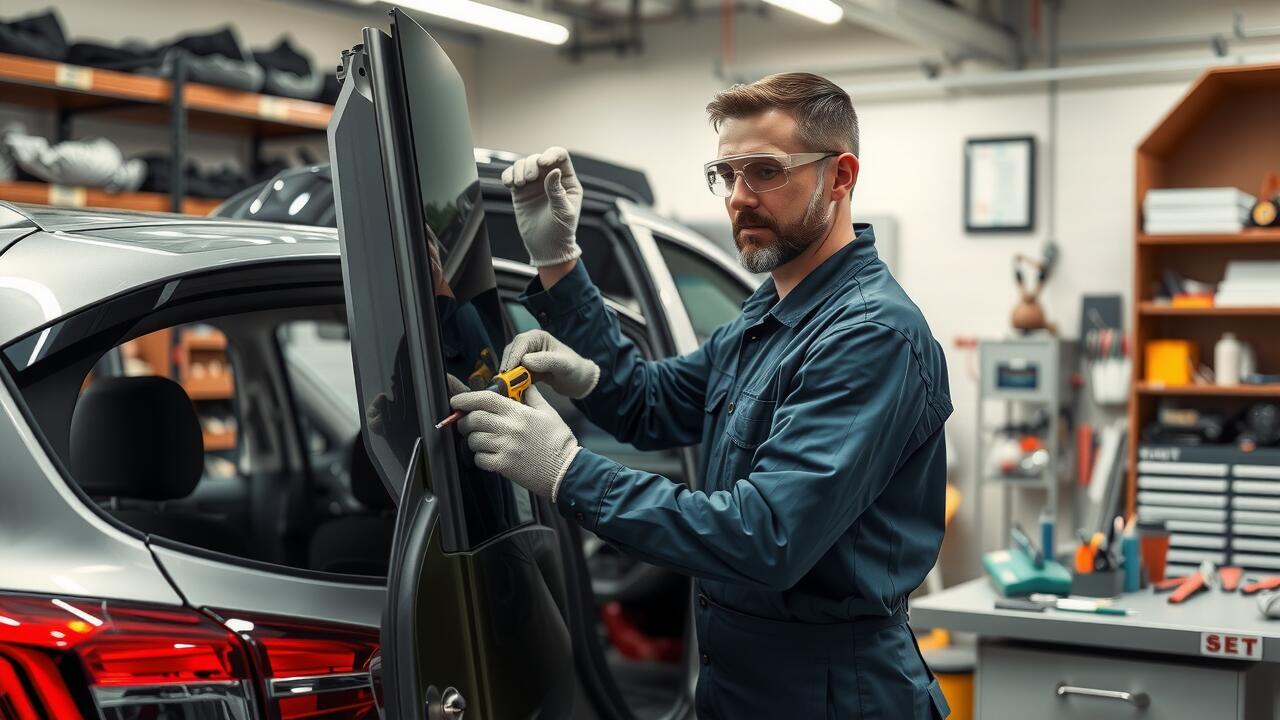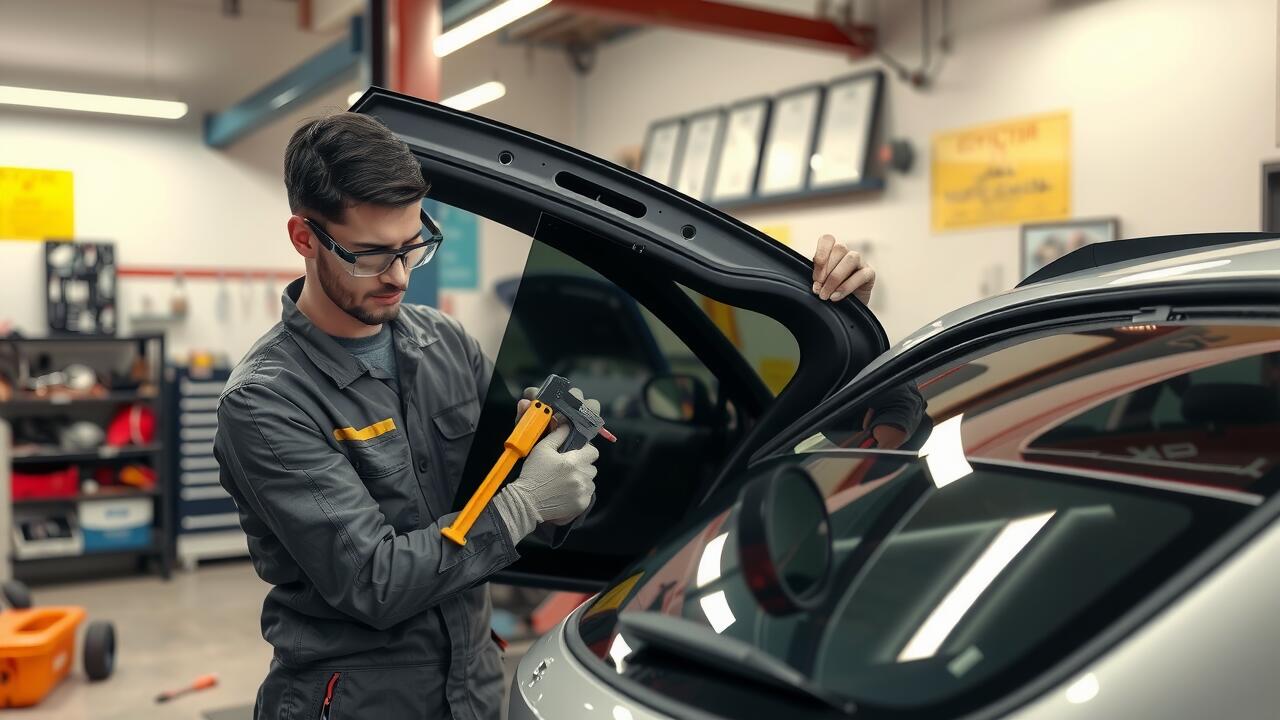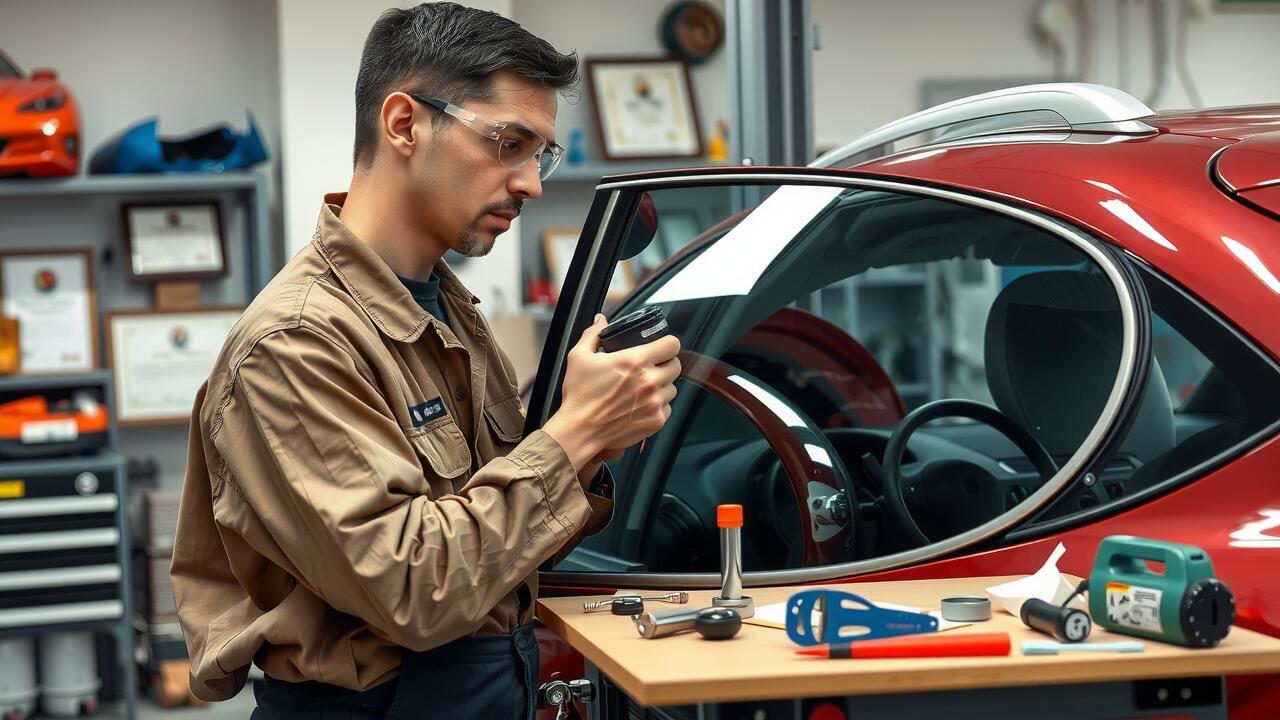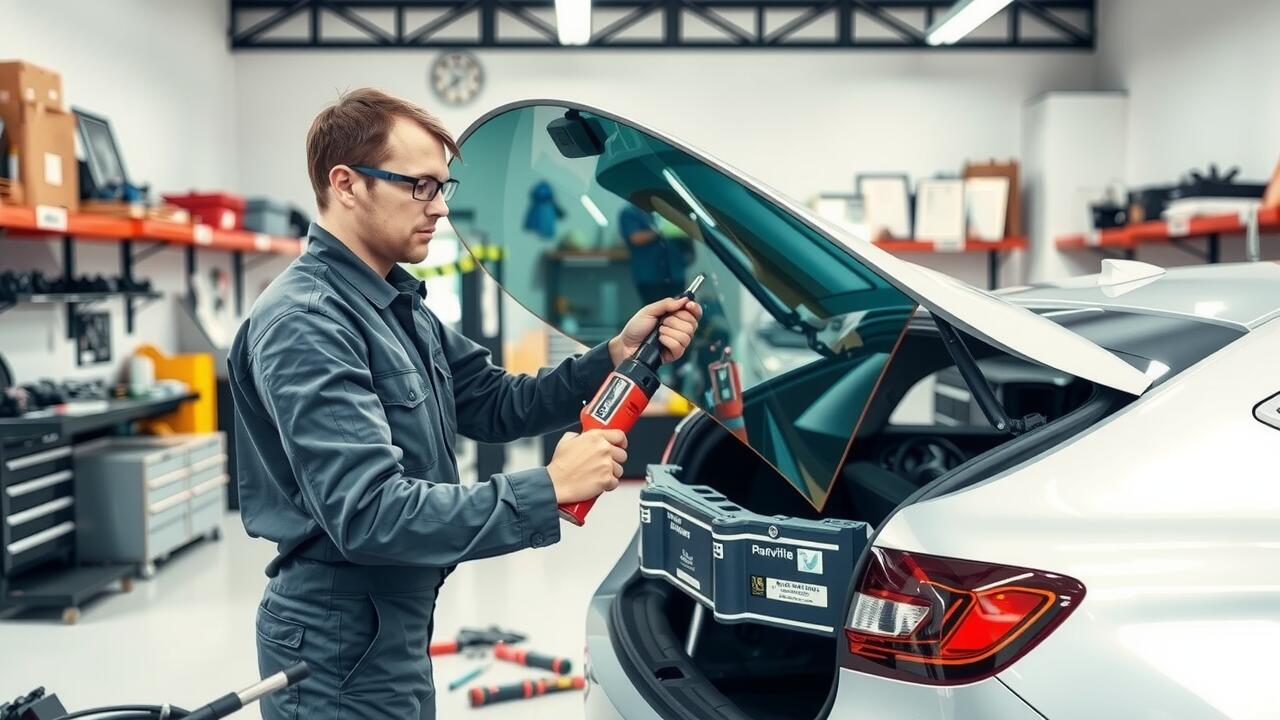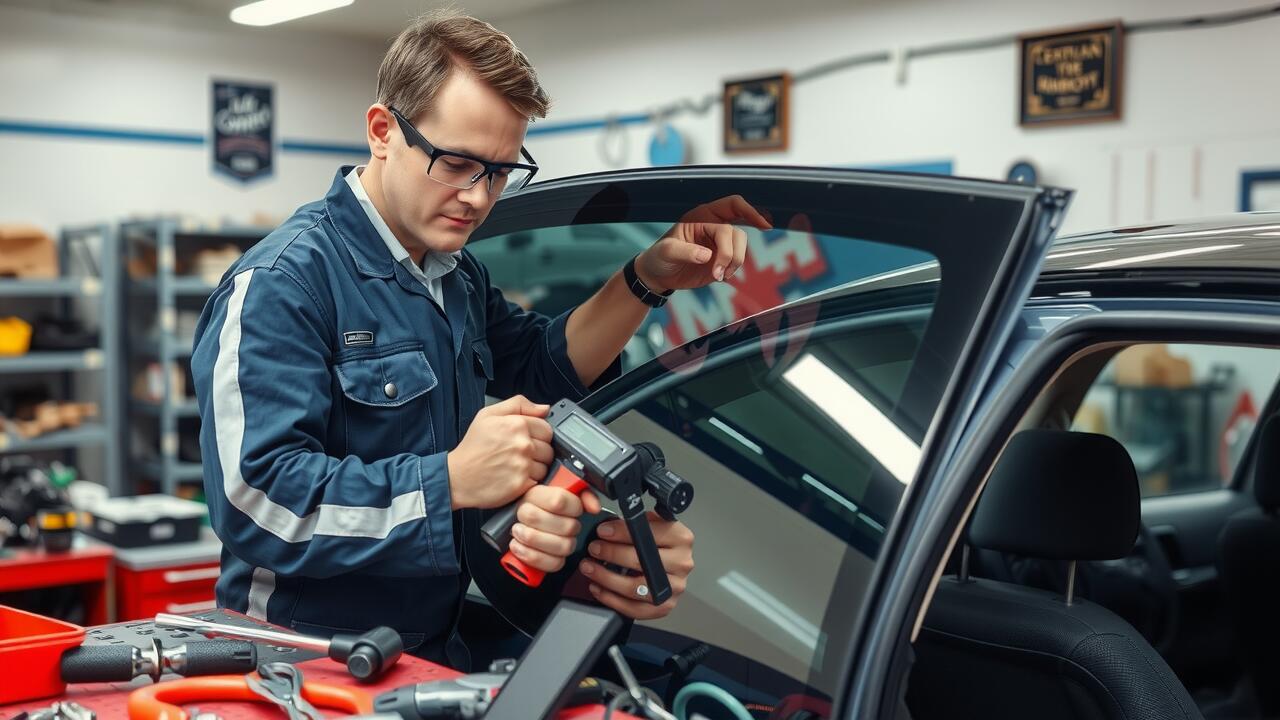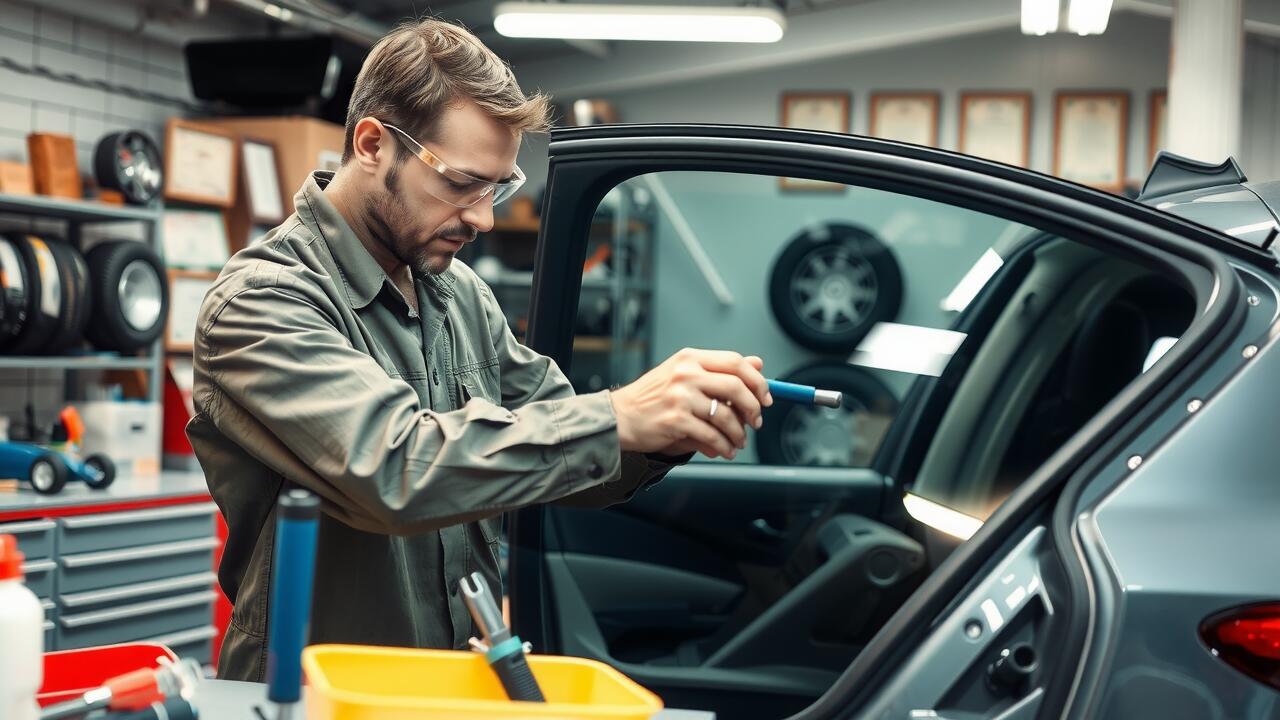
Table Of Contents
Tools and Materials Used in Rear Window Replacement
When undertaking rear window repairs, having the right tools and materials is essential for a successful replacement. Commonly required tools include a variety of screwdrivers, a heat gun to help loosen old adhesive, and a knife to cut away the existing seal. Additionally, a suction cup can assist in safely handling the new glass during installation. It is also helpful to have safety gloves and goggles to protect against potential hazards.
Materials needed for rear window replacement typically include a high-quality automotive adhesive and sealant specifically designed for glass installation. The new rear window must be compatible with the vehicle's make and model. It's important to ensure all materials are suitable for automotive applications to provide the necessary durability and weather resistance. Proper preparation and quality materials will contribute to a lasting repair and enhance the integrity of the vehicle's structure.
Essential Equipment for the Job
A successful rear window replacement requires specific tools and equipment to ensure a secure fit and optimal functionality. Automotive-grade adhesives are crucial for bonding the new window in place, providing strength and durability against the elements. A suction cup tool is essential for handling the glass without causing damage, allowing for precise placement. Additionally, a trim removal tool helps to manoeuvre around the window frame without risk of breaking existing components during the repair process.
While the tools used may seem straightforward, the skill involved in rear window repairs lies in the proper application of these tools. A heat gun can assist in ensuring that adhesives cure effectively under variable temperature conditions. It is also important to have protective gear, such as gloves and eye protection, to safeguard against potential hazards when working with glass and sharp edges. Ensuring the right equipment is on hand not only facilitates a smoother repair process but also enhances the longevity of the new installation.
Post-Replacement Care for Your Rear Window
After a professional rear window replacement, it's crucial to prioritise post-replacement care to ensure the longevity of your new window. For the first few days, avoid car washes and heavy rain, as the sealant requires time to cure effectively. Keeping the area clean and free from debris will help maintain a secure installation. Regularly inspect the edges of the window for any signs of moisture or air leaks. This proactive approach can prevent costly rear window repairs that may arise from neglect.
To maintain your new rear window, it's advisable to avoid slamming car doors or applying undue pressure to the window itself. When cleaning, use gentle methods and avoid abrasive materials that could scratch the glass or weaken the seals. In addition, check the window defroster and wiper functions regularly, ensuring everything operates smoothly. This diligence not only enhances the aesthetics of your vehicle but also contributes to the overall safety and comfort while driving.
Tips for Maintaining Your New Window
Proper maintenance of your new rear window can significantly extend its lifespan. Regular cleaning with a gentle, non-abrasive solution helps prevent scratches and maintains clarity. Avoid harsh chemicals that may damage the sealant or tint. Additionally, be mindful of debris build-up around the window frame. Regular inspections for any signs of wear or leaks can catch problems early, reducing the need for extensive rear window repairs.
Temperature fluctuations can impact the integrity of the adhesive used in your rear window installation. During extreme weather conditions, avoid slamming doors or placing heavy objects against the window. This practice helps maintain the structural integrity of your new installation. Keeping your vehicle parked in shaded areas can also limit exposure to harsh sunlight, which can affect both the glass and surrounding materials. Regular attention to these details will contribute to the longevity and functionality of your rear window.
Cost Factors Involved in Rear Window Replacement
Several factors influence the cost of rear window replacement, notably the type of vehicle and the specific model. Generally, luxury or high-performance vehicles will incur higher expenses due to the specialised glass and labour required. Other elements that can affect the price are the location of the service provider and whether the replacement is performed at a shop or as part of a mobile service.
Additionally, the extent of rear window repairs needed can also impact the overall cost. If the underlying structure, such as the frame or adhesive, requires attention, expenses will rise accordingly. Insurance coverage plays a role as well; some policies may cover certain aspects of rear window replacements, potentially reducing out-of-pocket costs.
Breakdown of Expenses
The cost of rear window replacement can vary significantly based on several factors, including the make and model of the vehicle, the type of glass used, and the complexity of the installation process. Generally, the expenses can be divided into parts and labour. The price of the glass itself can range from budget options to premium choices, which might offer additional features such as tinting or added durability. Labour costs will typically include the time taken for removal and replacement, which might vary depending on the technician's experience and the shop's rates.
When budgeting for rear window repairs, it's essential to account for any additional services that might be required, such as recalibrating sensors or repairing damaged seals. Some repairs may also involve extra costs for cleaning and preparation of the installation area. Furthermore, investing in quality materials can prevent future issues and provide long-term value. Always seek detailed quotes from different providers to ensure that you receive a transparent breakdown of expenses before proceeding with any repairs.
FAQS
What tools are typically used for a professional rear window replacement?
A professional rear window replacement usually requires tools such as a windshield cutting tool, suction cups, adhesive remover, and a caulking gun for the new adhesive.
How long does the rear window replacement process take?
The replacement process typically takes around 1 to 2 hours, depending on the vehicle type and complexity of the job.
What care should I take after my rear window has been replaced?
After replacement, it’s advised to avoid washing your car or applying pressure to the new window for at least 24 hours to allow the adhesive to cure properly.
Are there specific maintenance tips for my new rear window?
Yes, to maintain your new rear window, keep it clean with a soft cloth, avoid slamming the doors, and regularly inspect the seals for any wear or damage.
What factors influence the cost of rear window replacement?
Cost factors can include the make and model of your vehicle, the type of glass used, labour costs, and whether additional repairs to the frame or seals are needed.
